Una de las bacterias mas graves y con mayor influencia en el tomate suele ser la marchitez bacteria ( de nombre científico Ralstonia solanacearum), es una grave enfermedad bacteriana que se origina por el tallo de las plantas, usualmente es una bacteria que ataca el tomate y la papa, y las consecuencias económicas de ella son graves, ya que se inocula y transmite con una velocidad increíble, a su vez va marchitando la planta poco a poco y evita que esta pueda alimentarse por que se extiende por el xilema y todos los conductos que van por la planta.
One of the most serious and most influential bacteria in tomato is usually the bacterial wilt (scientific name Ralstonia solanacearum), is a serious bacterial disease that originates from the stem of the plants, usually is a bacterium that attacks the tomato and potato, and the economic consequences of it are serious, as it is inoculated and transmitted with incredible speed, in turn gradually withers the plant and prevents it from feeding because it spreads through the xylem and all the ducts that go through the plant.
En esta oportunidad algunas plantas que tenemos en los invernaderos fueron atacadas por esta bacteria, matando a mas de 400 plantas, y dejándonos en alerta con el resto de ellas.
In this opportunity some plants that we have in the greenhouses were attacked by this bacterium, killing more than 400 plants, and leaving us on alert with the rest of them.
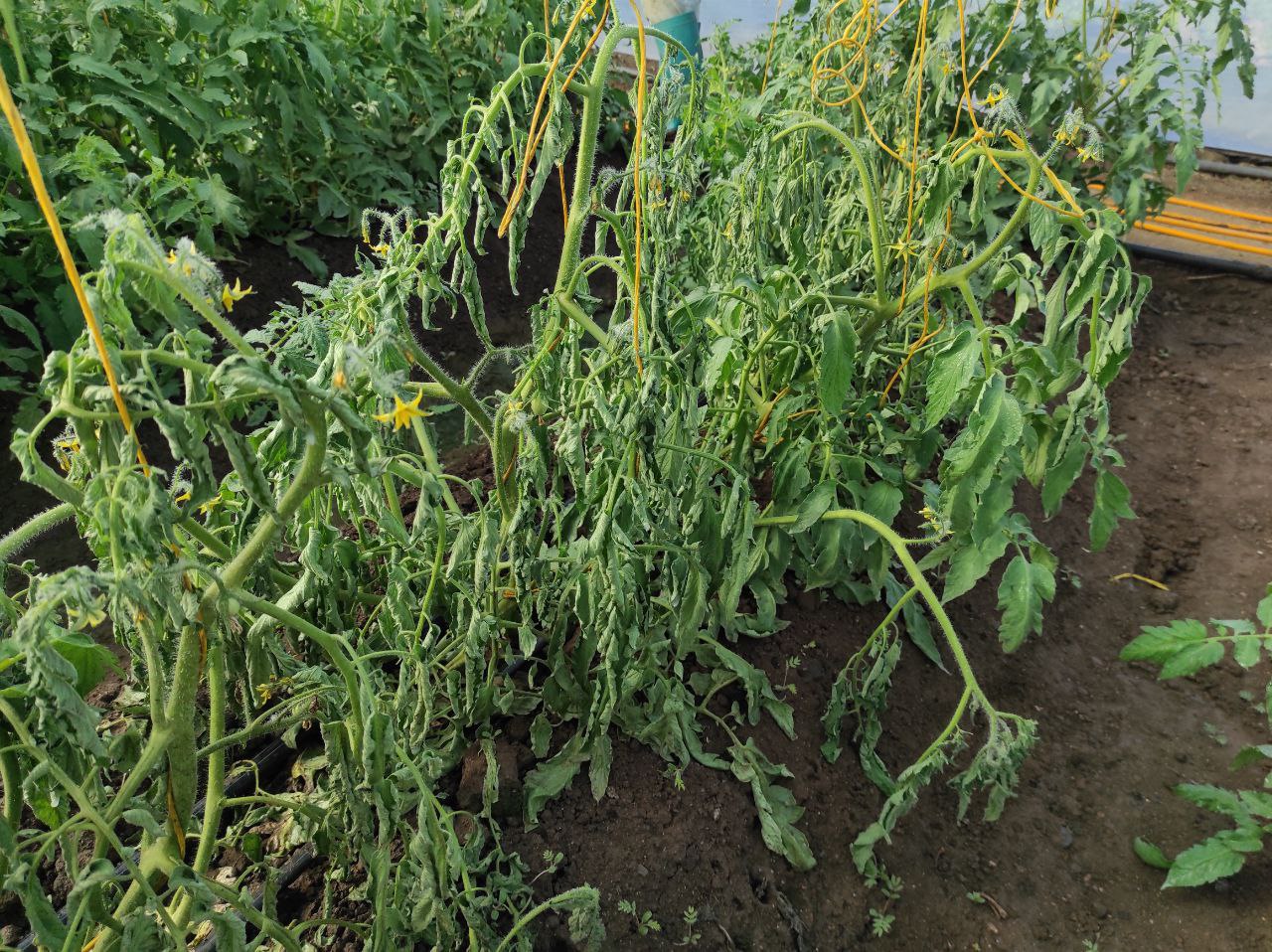
Las características de esta bacteria son visibles, ya que comienza a marchitarse la guía principal, es decir desde la punta del tallo hacia abajo, el marchitamiento comienza en las partes nuevas y luego se ve como la planta entera esta muriendo, esto se debe a que la bacteria a dañado todos los conductos que llevan los nutrientes a las flores, hojas y tallos mas jóvenes.
Además de esto al observar un poco mas a fondo en las raíces se puede ver como el daño es superficial en la epidermis de las plantas.
De igual manera puedes tener una sola planta afecta pero al día siguiente tendrás 15, y al tercer día 60 dependiendo de la gravedad.
The characteristics of this bacterium are visible, since it begins to wilt the main guide, that is to say from the tip of the stem down, the wilting begins in the new parts and then you see how the whole plant is dying, this is because the bacterium has damaged all the ducts that carry nutrients to the flowers, leaves and younger stems.
In addition to this by looking a little deeper into the roots you can see how the damage is superficial in the epidermis of the plants.
In the same way you can have only one plant affected but the next day you will have 15, and on the third day 60 depending on the severity.
Así nos ocurrió, y como estamos en temporada de lluvias creíamos que era un poco normal por el exceso de agua, sin embargo lleve una planta a mi universidad para que mis profesores (ingenieros agrónomos) me dieran su punto de vista y determinaron que era esta bacteria muy común en el tomate.
This is how it happened to us, and as we are in the rainy season we thought it was a little normal because of the excess of water, however I took a plant to my university so that my professors (agronomists) could give me their point of view and they determined that it was this very common bacterium in tomatoes.

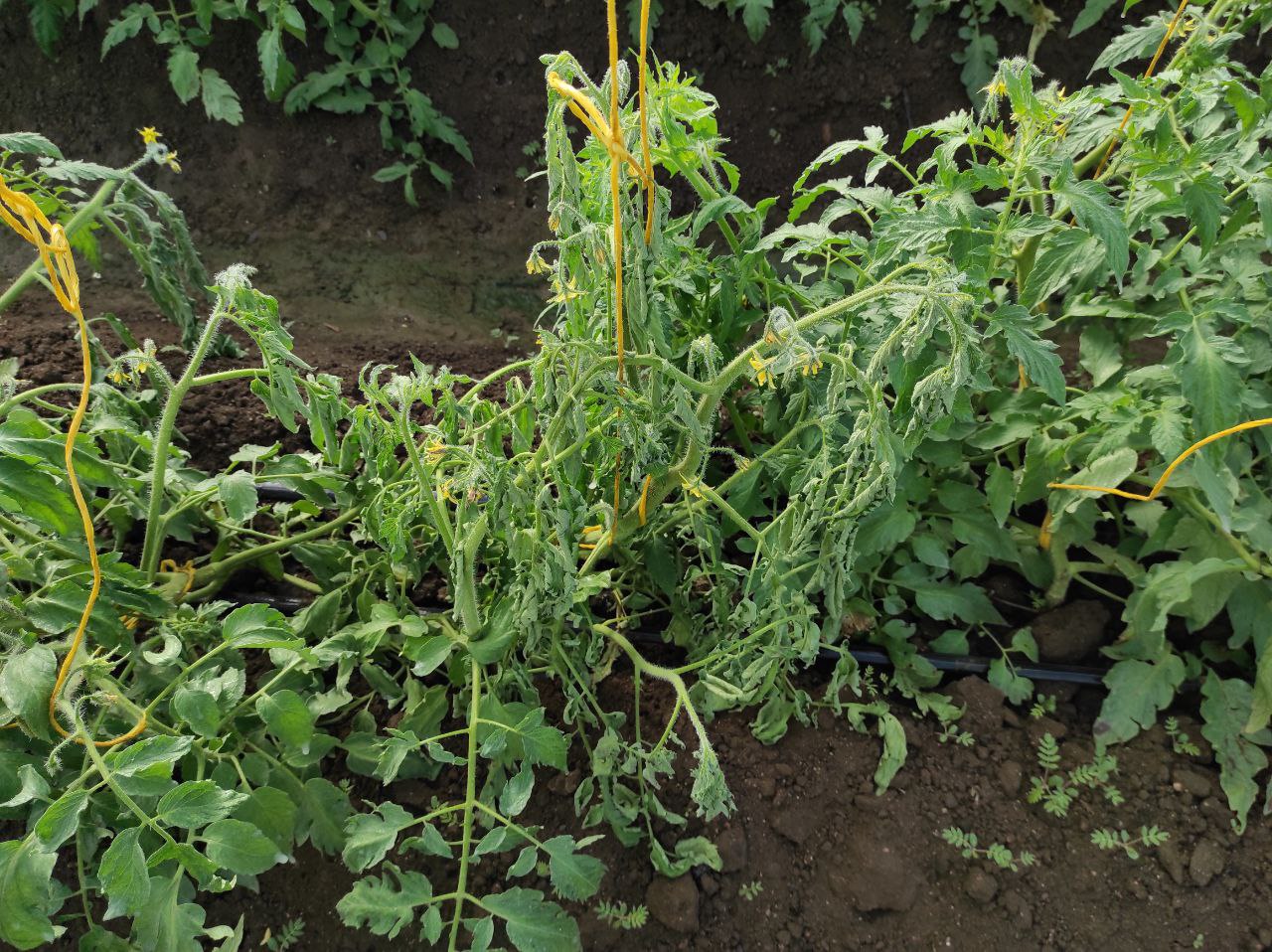
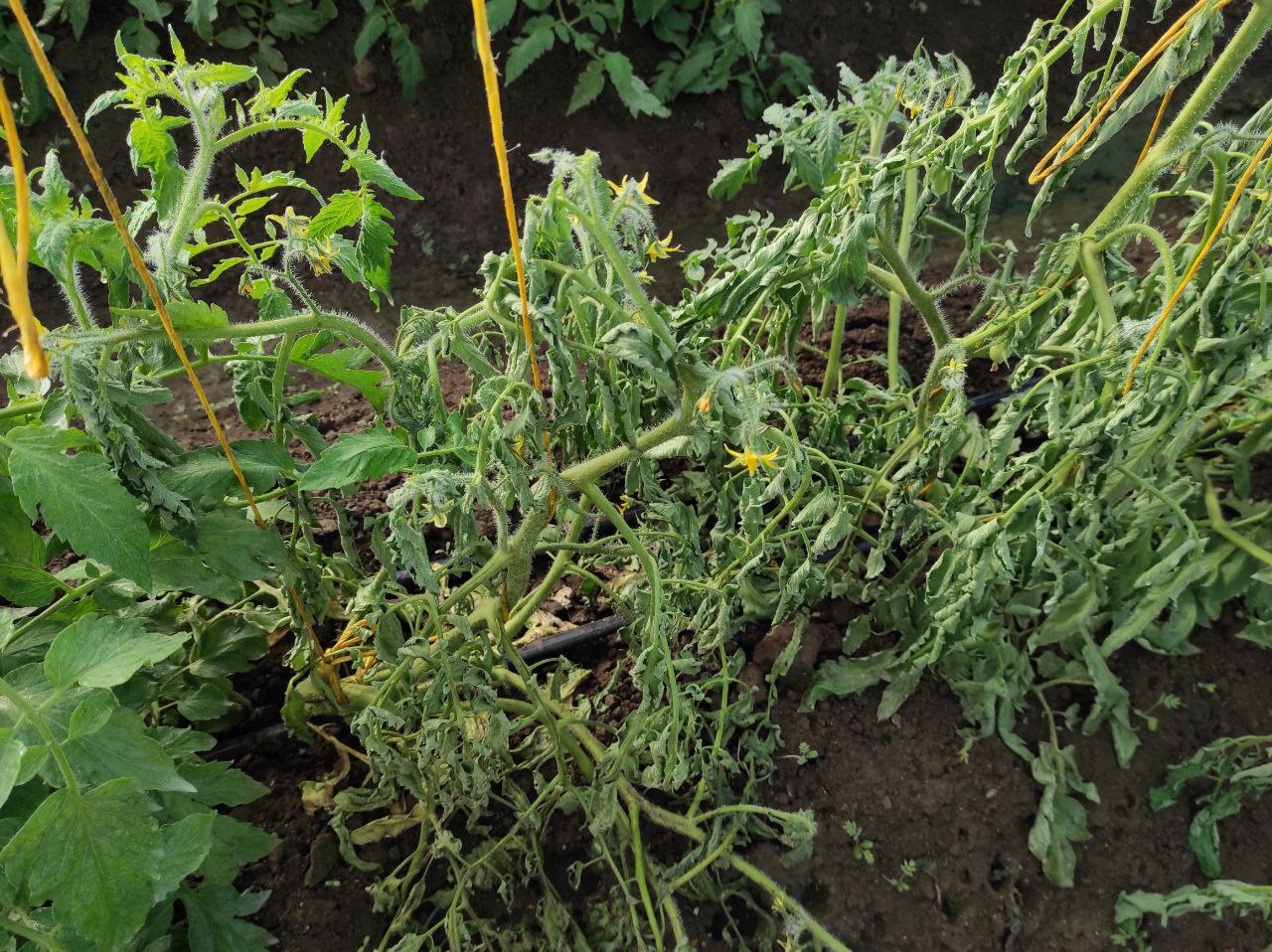
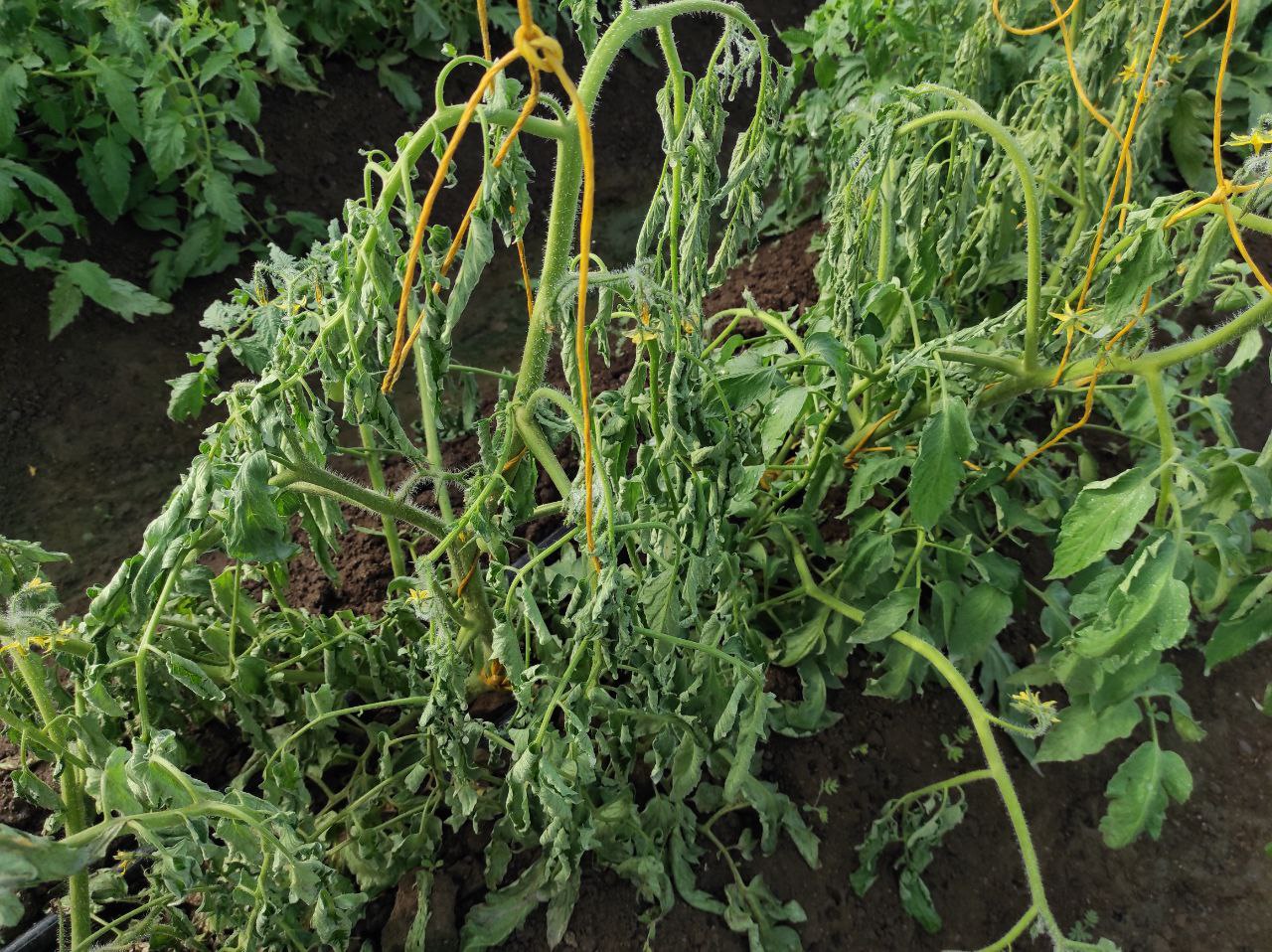
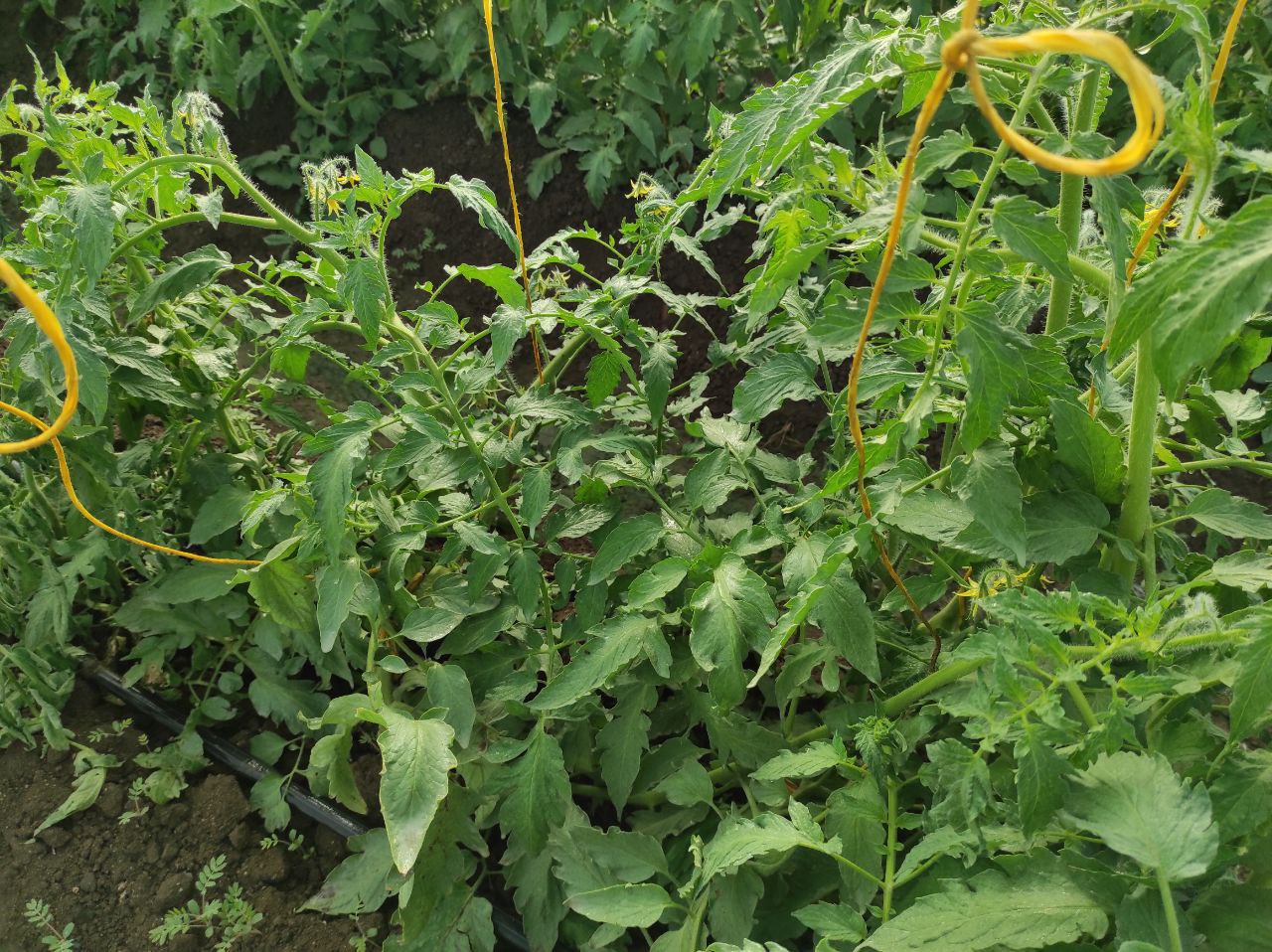
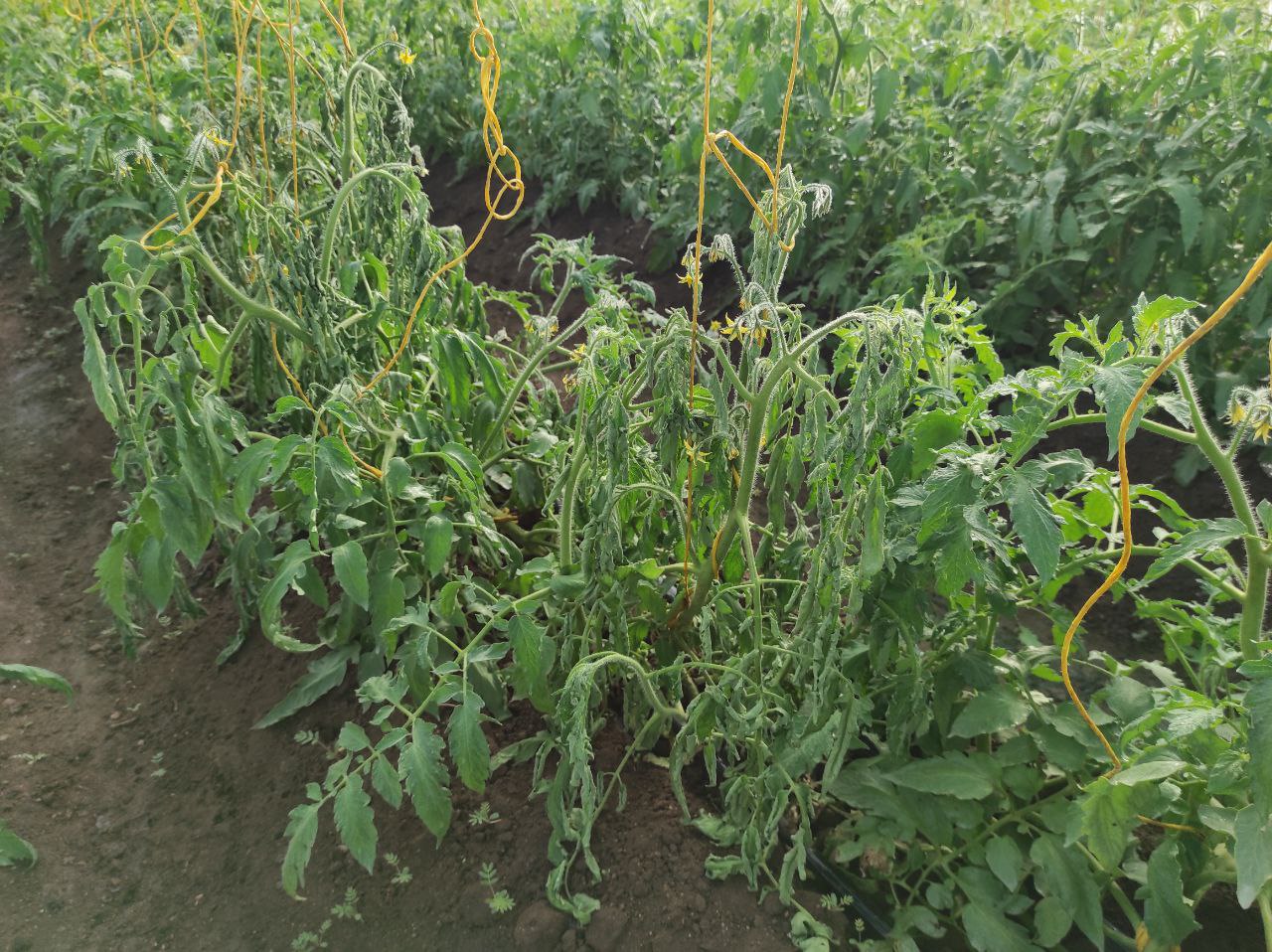
La primera consecuencia fue la perdida completa de 400 plantas, ya que tenemos sembrado en 3 sectores de 850 plantas, el ultimo sector fue el afectado y al parecer seguirá extendiéndose por otras 200. En 5 días se puede notar como se ven los espacios por las plantas muertas, las cuales cortamos hasta abajo para no mover las raíces, ya que así la bacteria puede afectar el resto del invernadero.
The first consequence was the complete loss of 400 plants, since we have planted in 3 sectors of 850 plants, the last sector was affected and apparently will continue to spread by another 200. In 5 days you can see how the spaces are seen by the dead plants, which we cut down to the bottom to not move the roots, as this way the bacteria can affect the rest of the greenhouse.
El plan de desinfección comienza la siguiente semana, aplicando 500cc de agua oxigenada en 50L de agua y con una asperjadora aplicar en cada hueco de cada planta que saquemos, de igual manera utilizando otras bacterias benéficas que puedan detener a las maliciosas. Las bacterias benéficas que utilizaremos serán trichoderma harzianum y bacillus subtilis. Se utilizan productos orgánicos por que los químicos tienen poco efecto y no queremos dañar la tierra y sus nutrientes.
La segunda consecuencia, es que no se puede volver a sembrar el tipo de tomate Shanty F1 ya que ha quedado susceptible a la Ralstonia, la opción es probar otra variedad en unos meses luego de arar la tierra y tratarla con productos orgánicos, o cambiar de cultivo nuevamente a pimentón. Ya que es una bacteria muy difícil de erradicar que solo ataca el tomate.
The disinfection plan begins the following week, applying 500cc of hydrogen peroxide in 50L of water and with a sprayer apply in each hole of each plant that we remove, in the same way using other beneficial bacteria that can stop the malicious ones. The beneficial bacteria that we will use will be trichoderma harzianum and bacillus subtilis. Organic products are used because chemicals have little effect and we do not want to damage the soil and its nutrients.
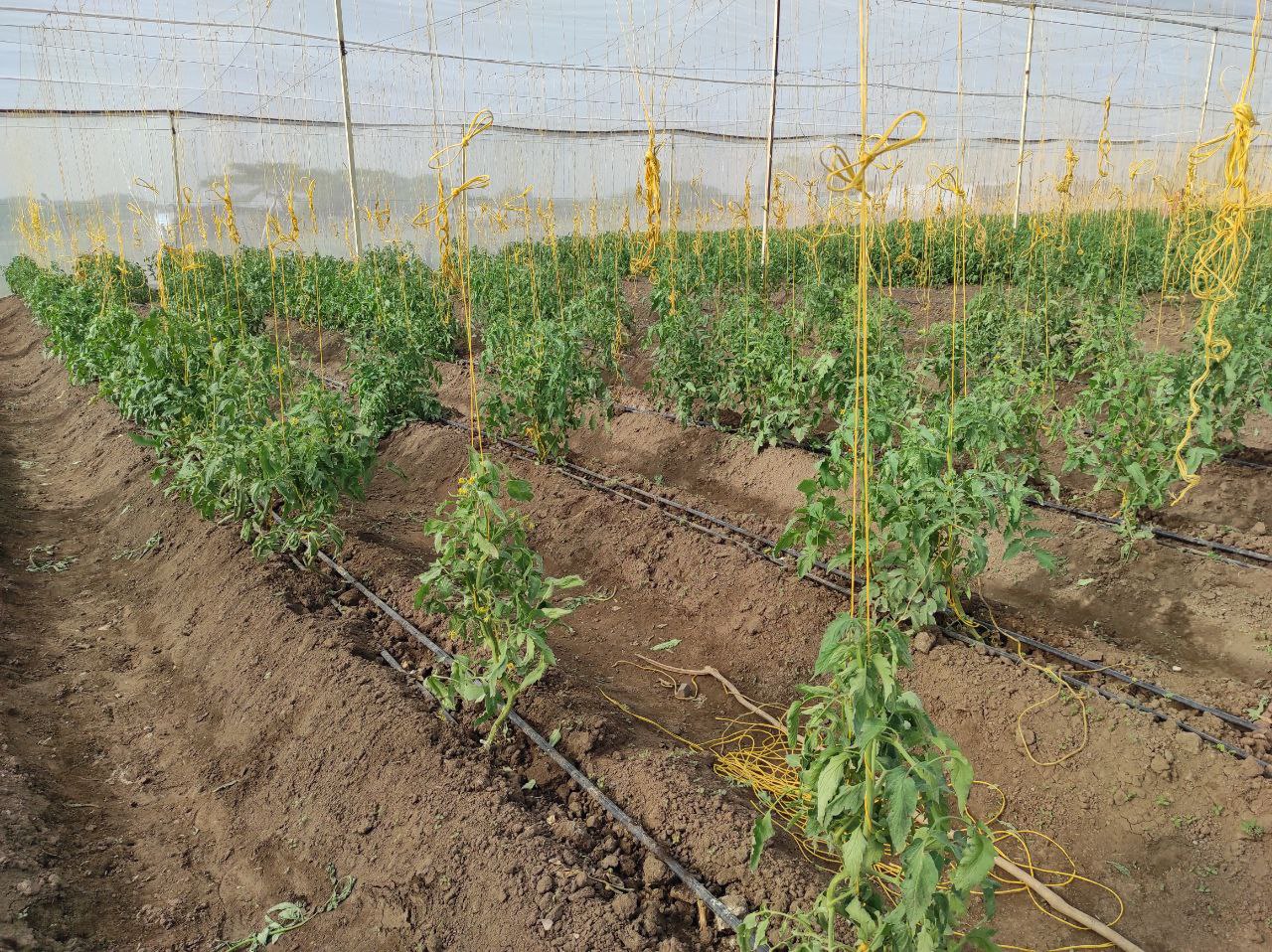
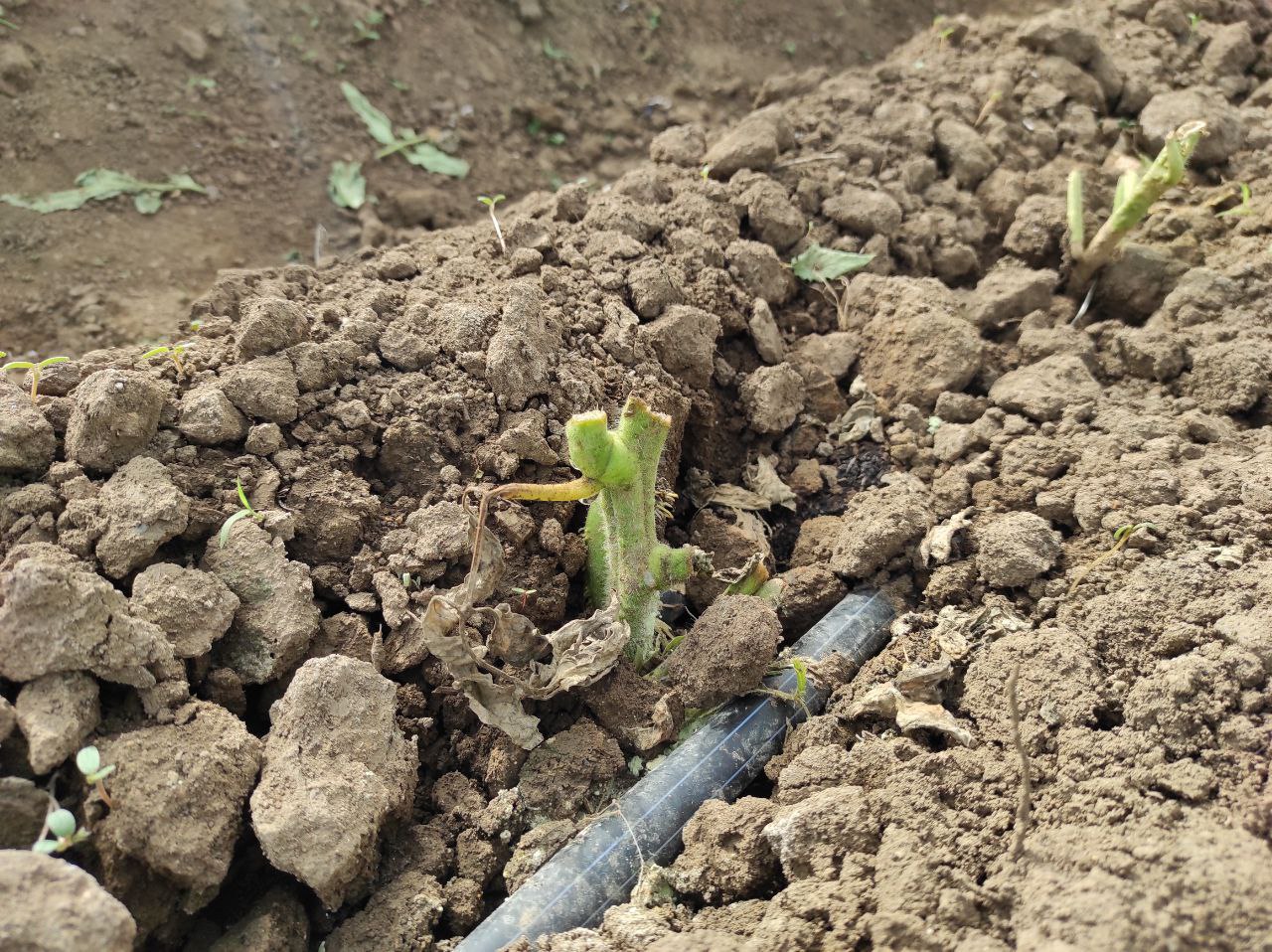
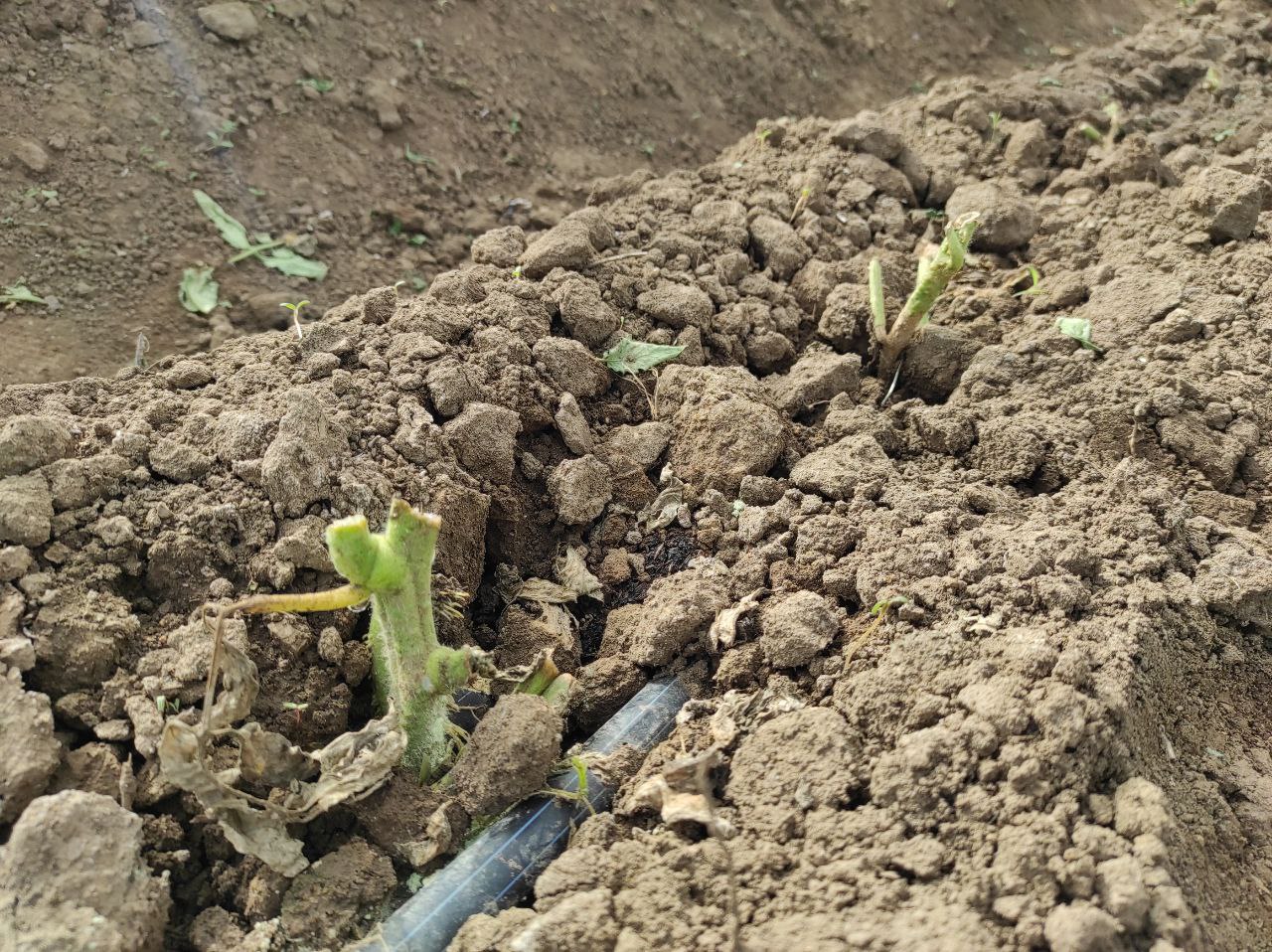
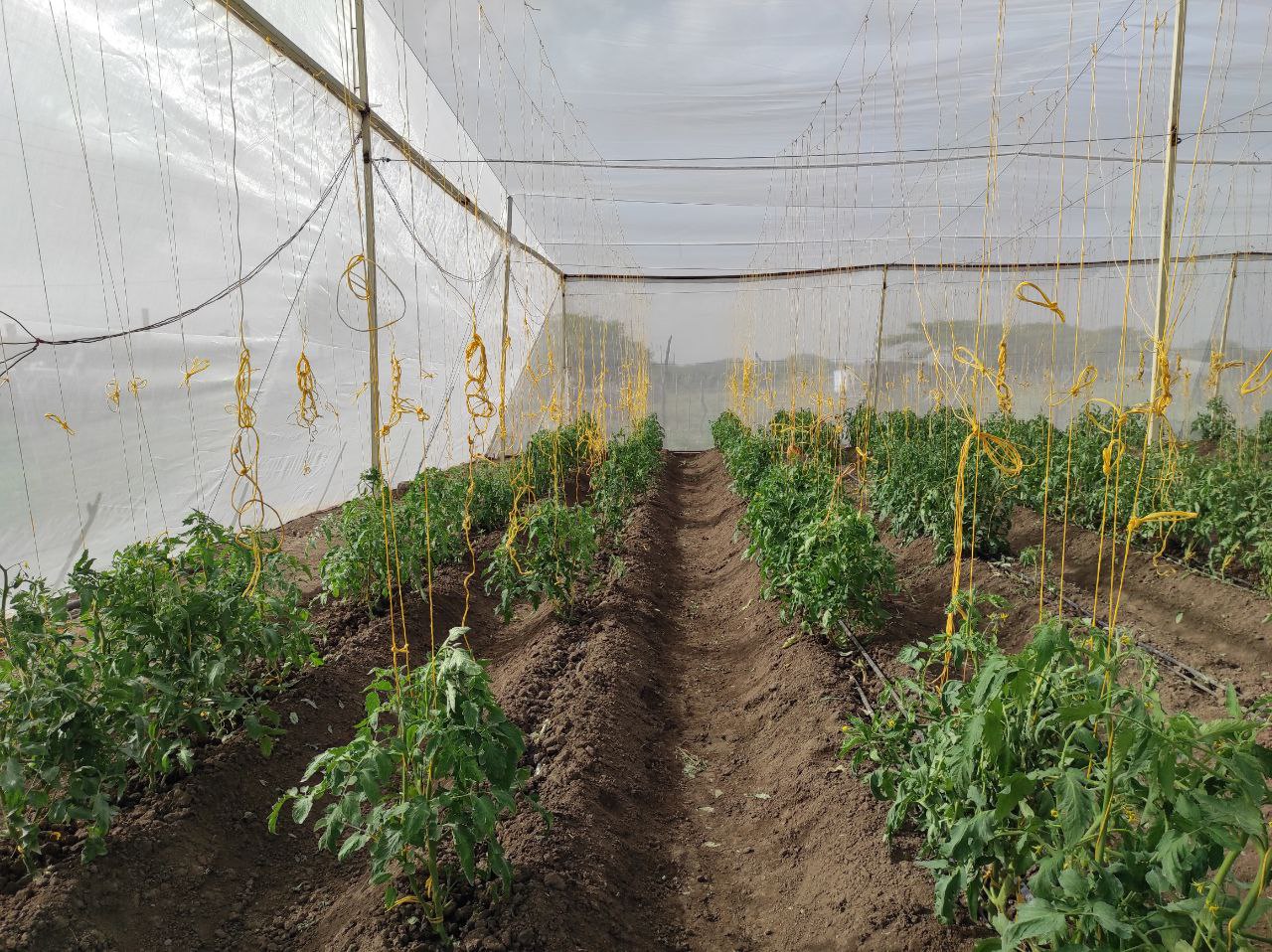
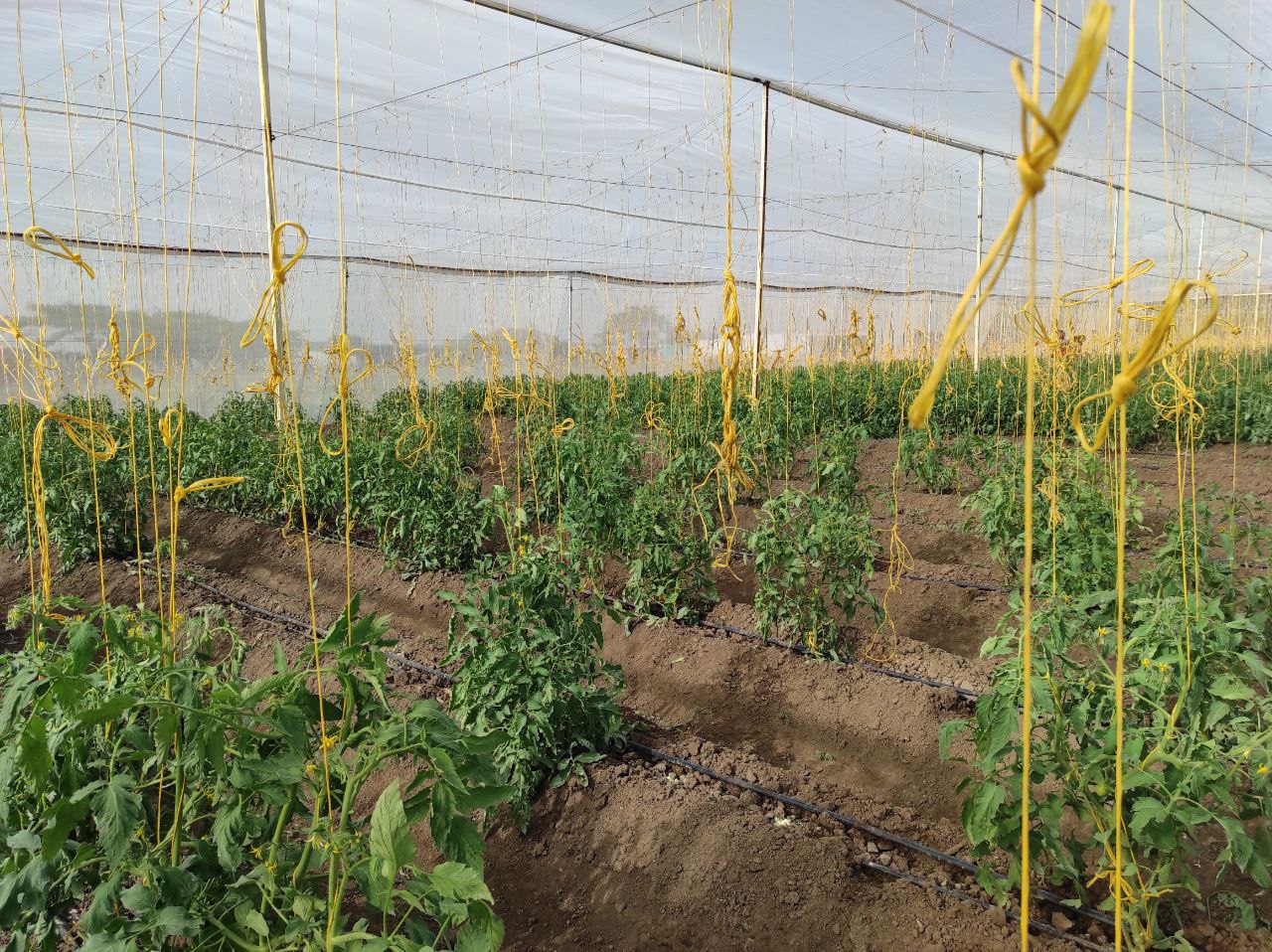
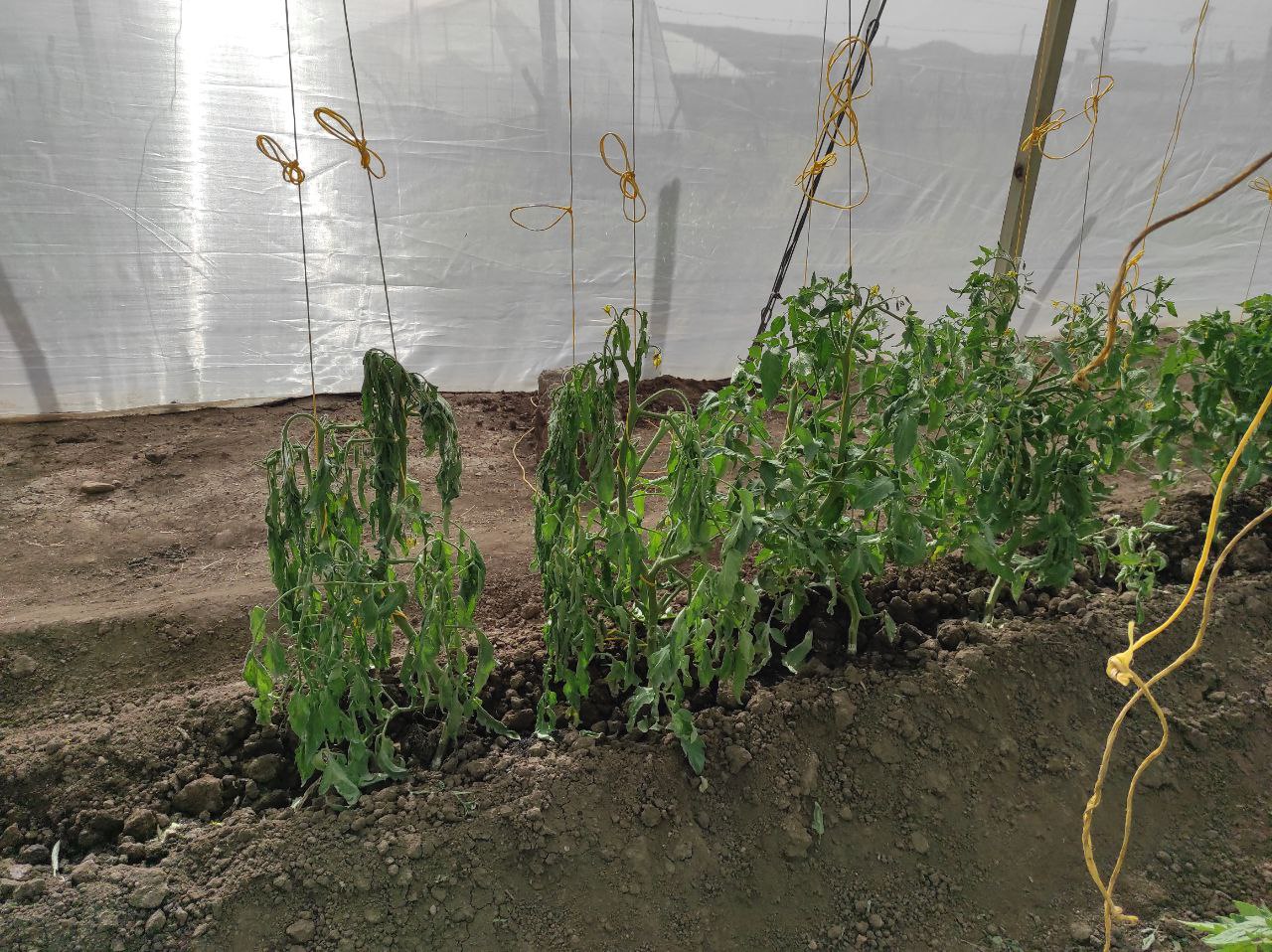
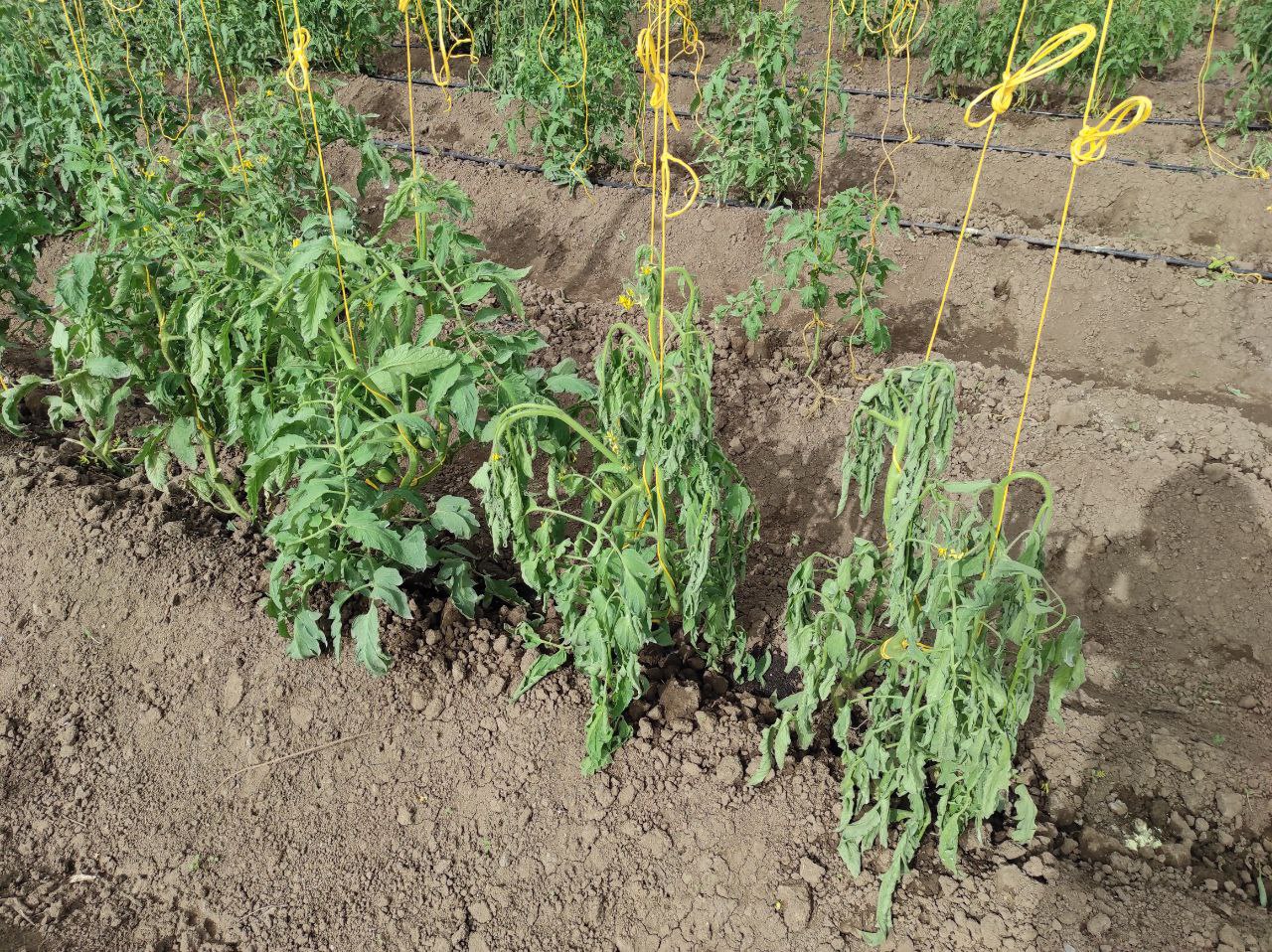
.jpg)
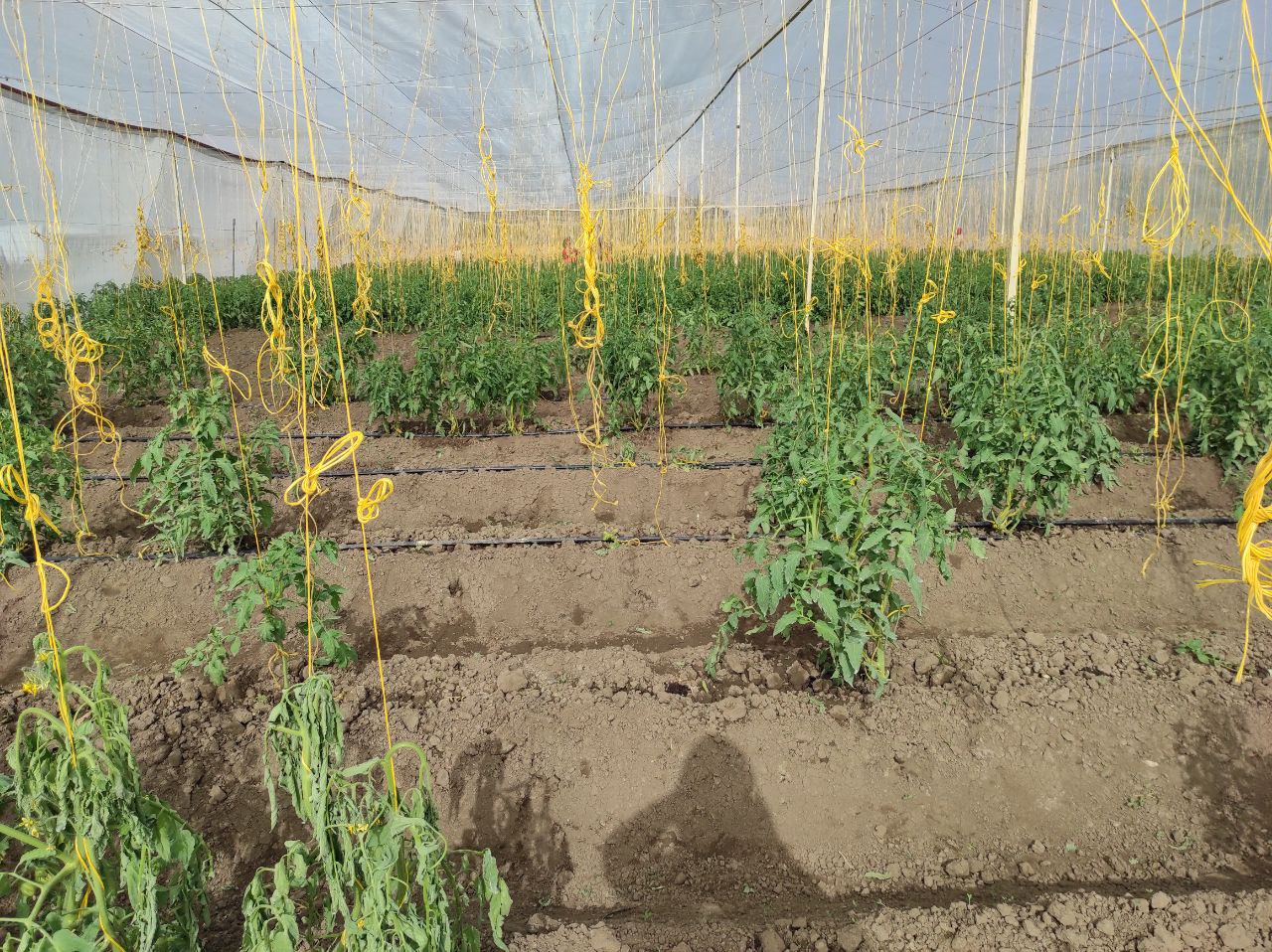
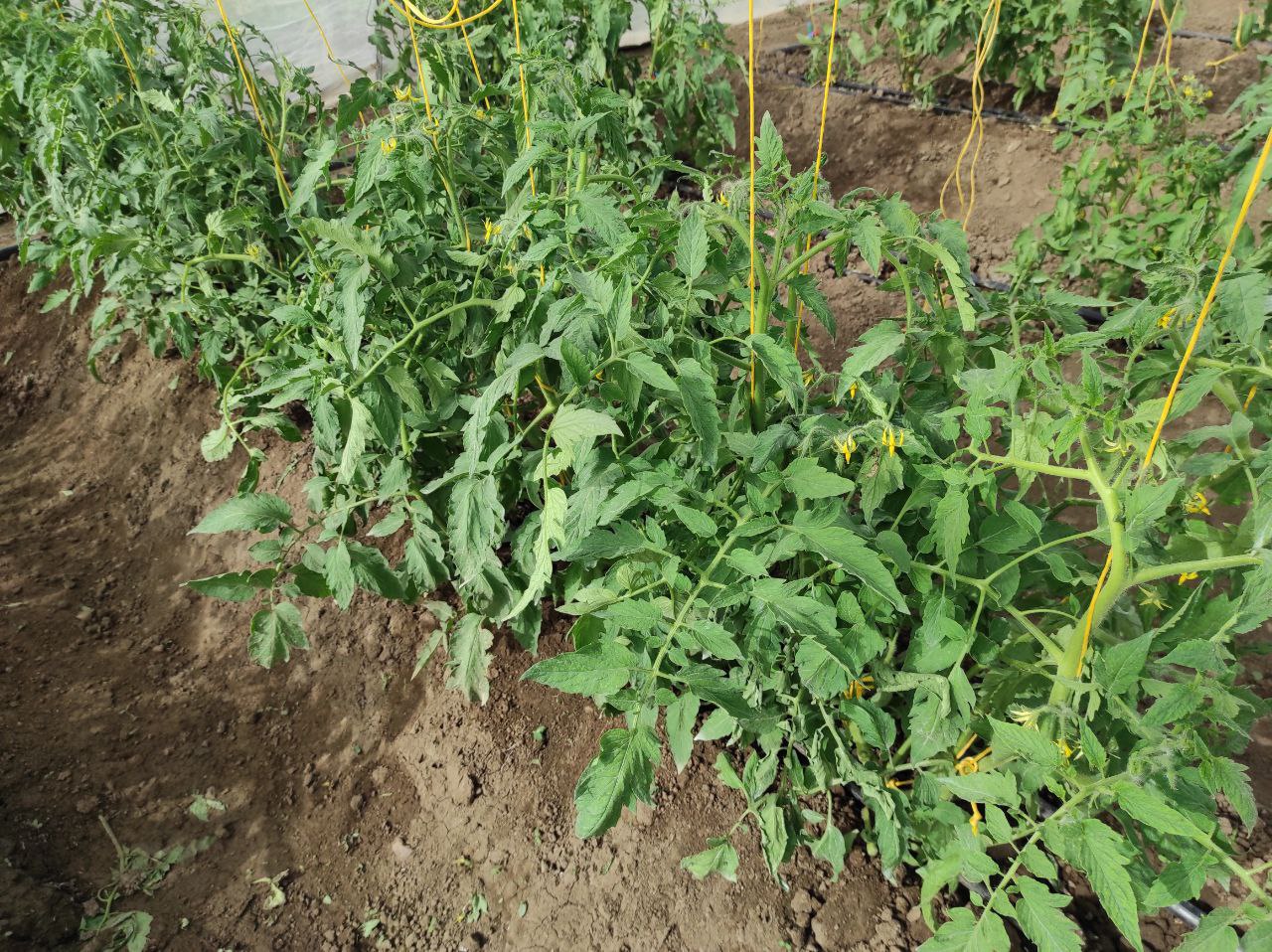
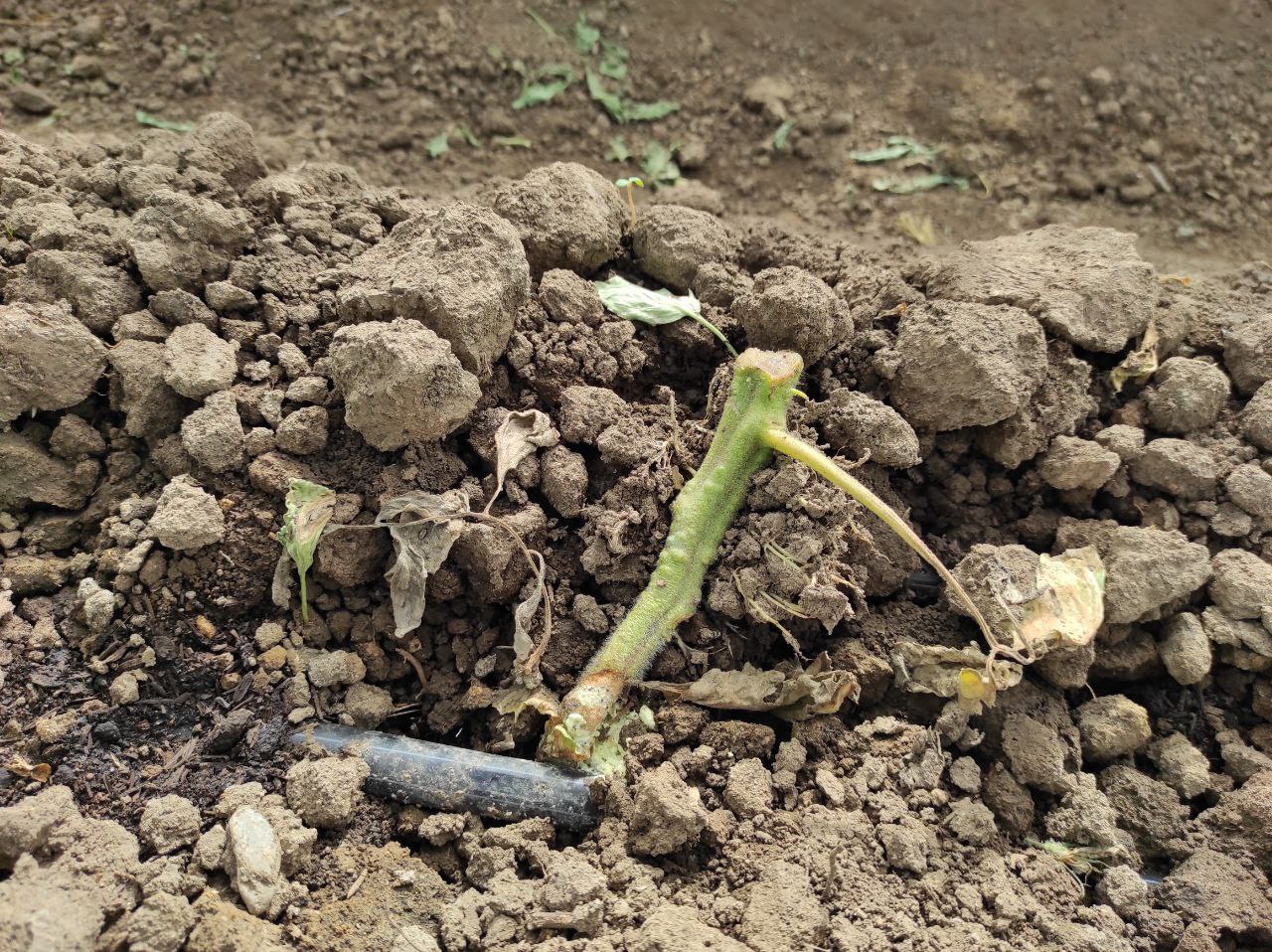
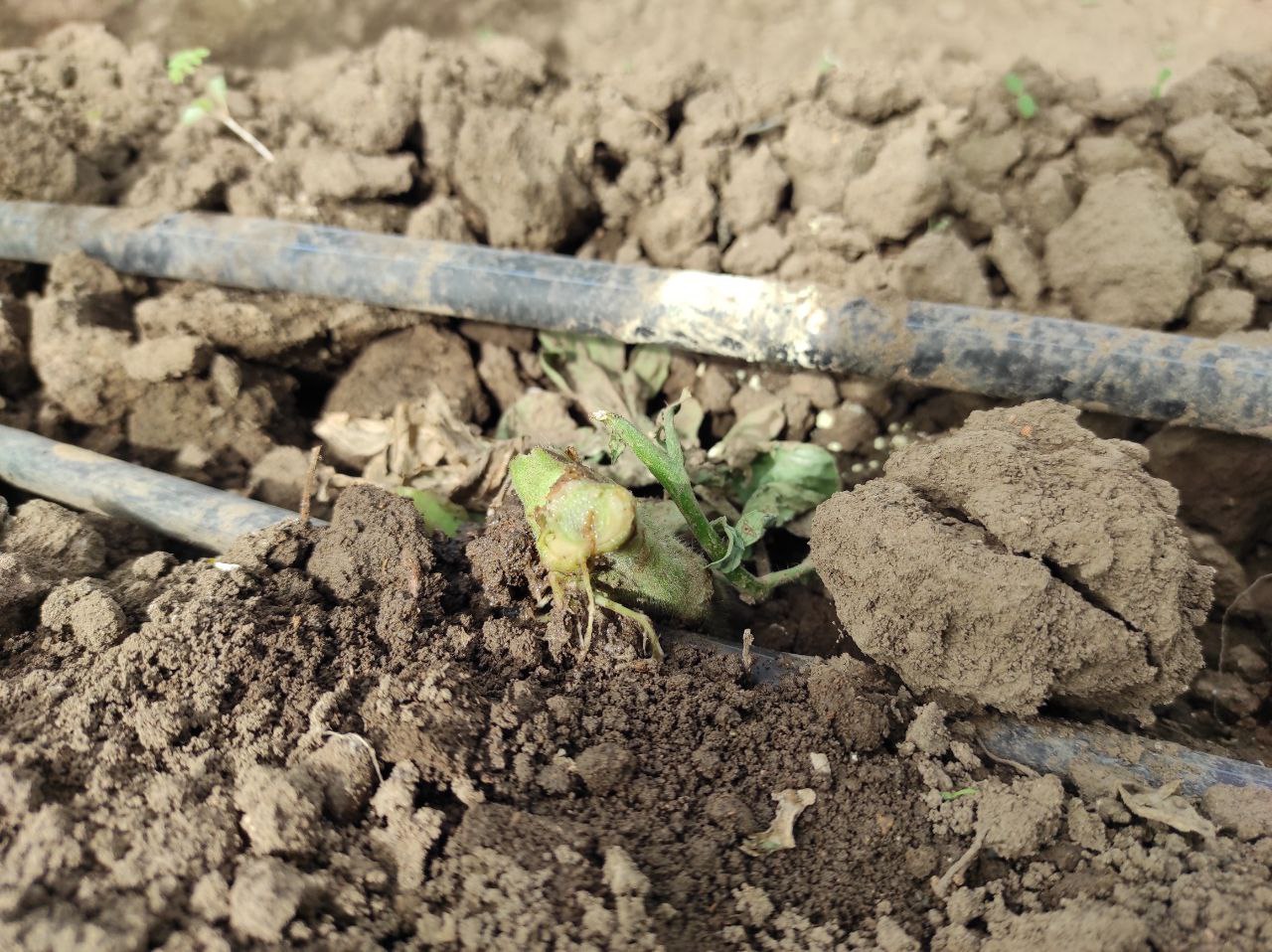
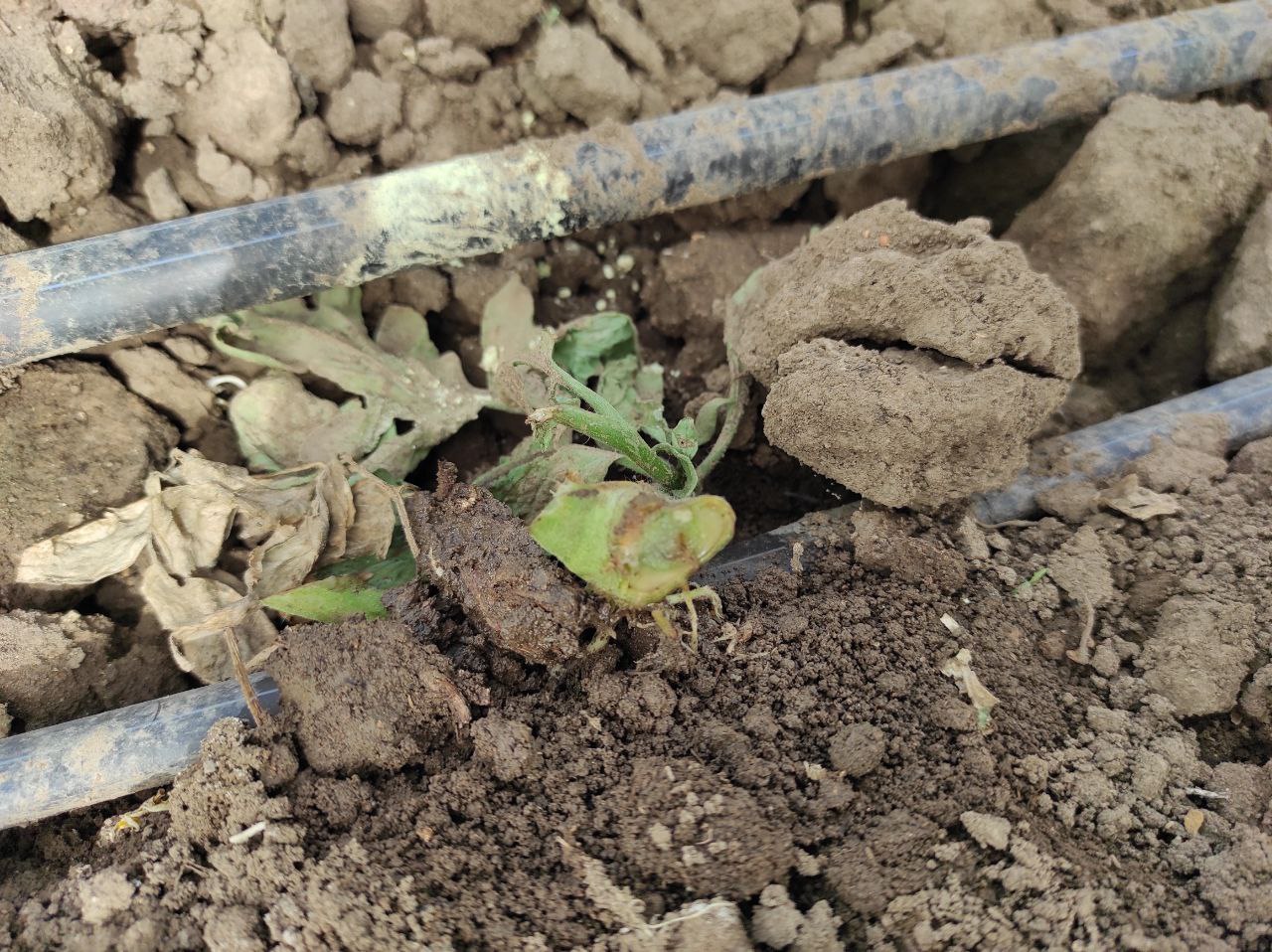
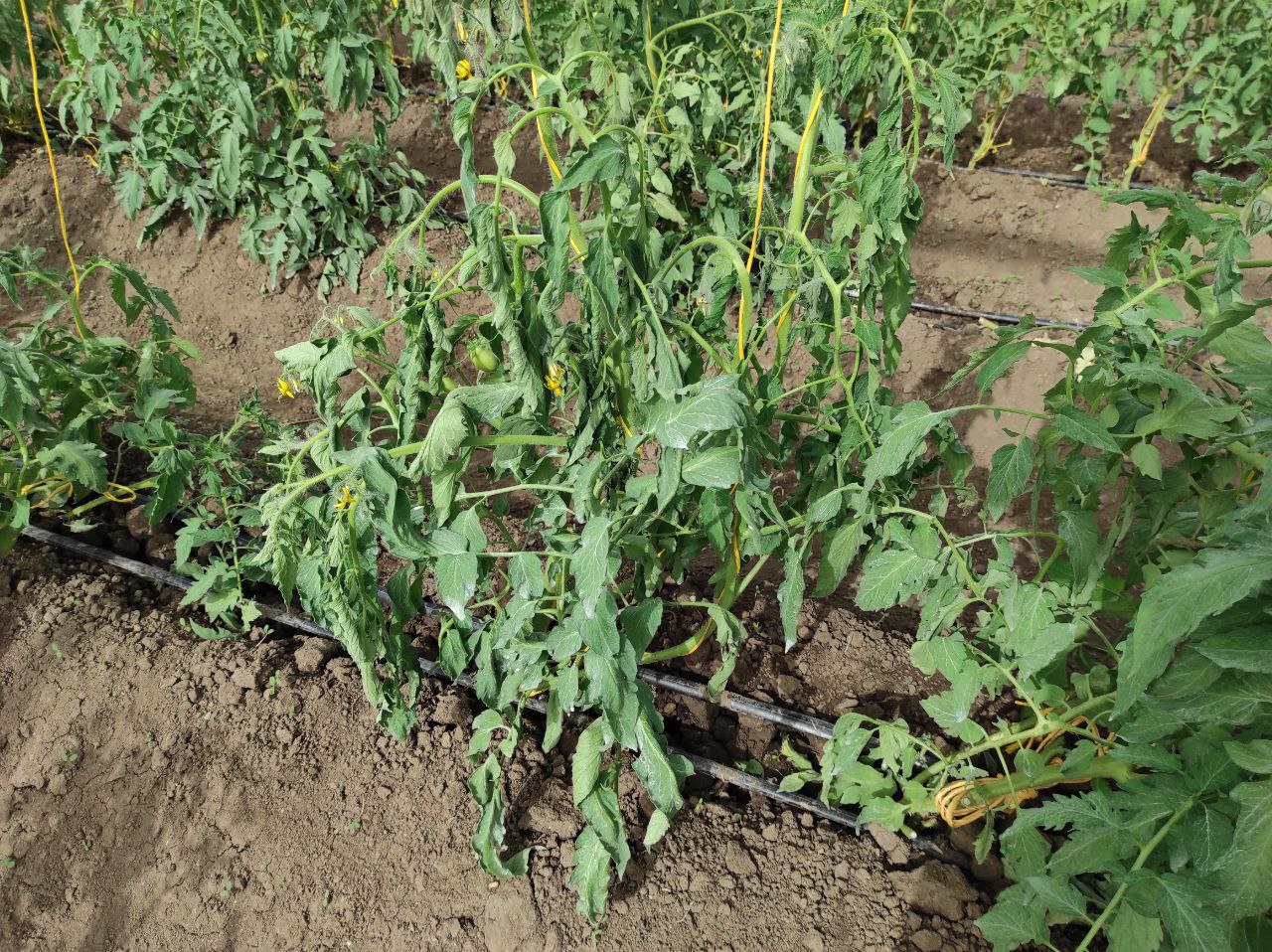
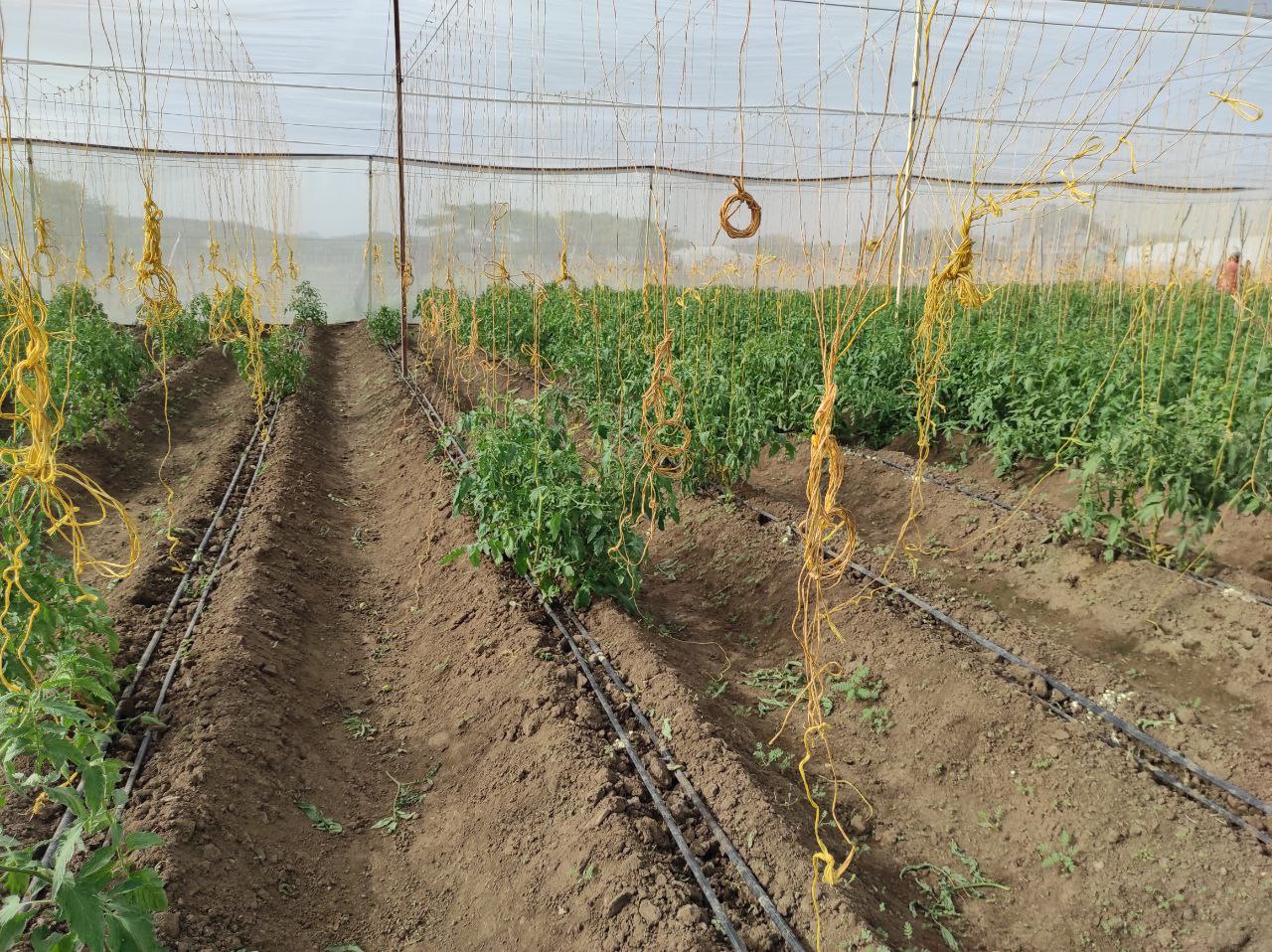
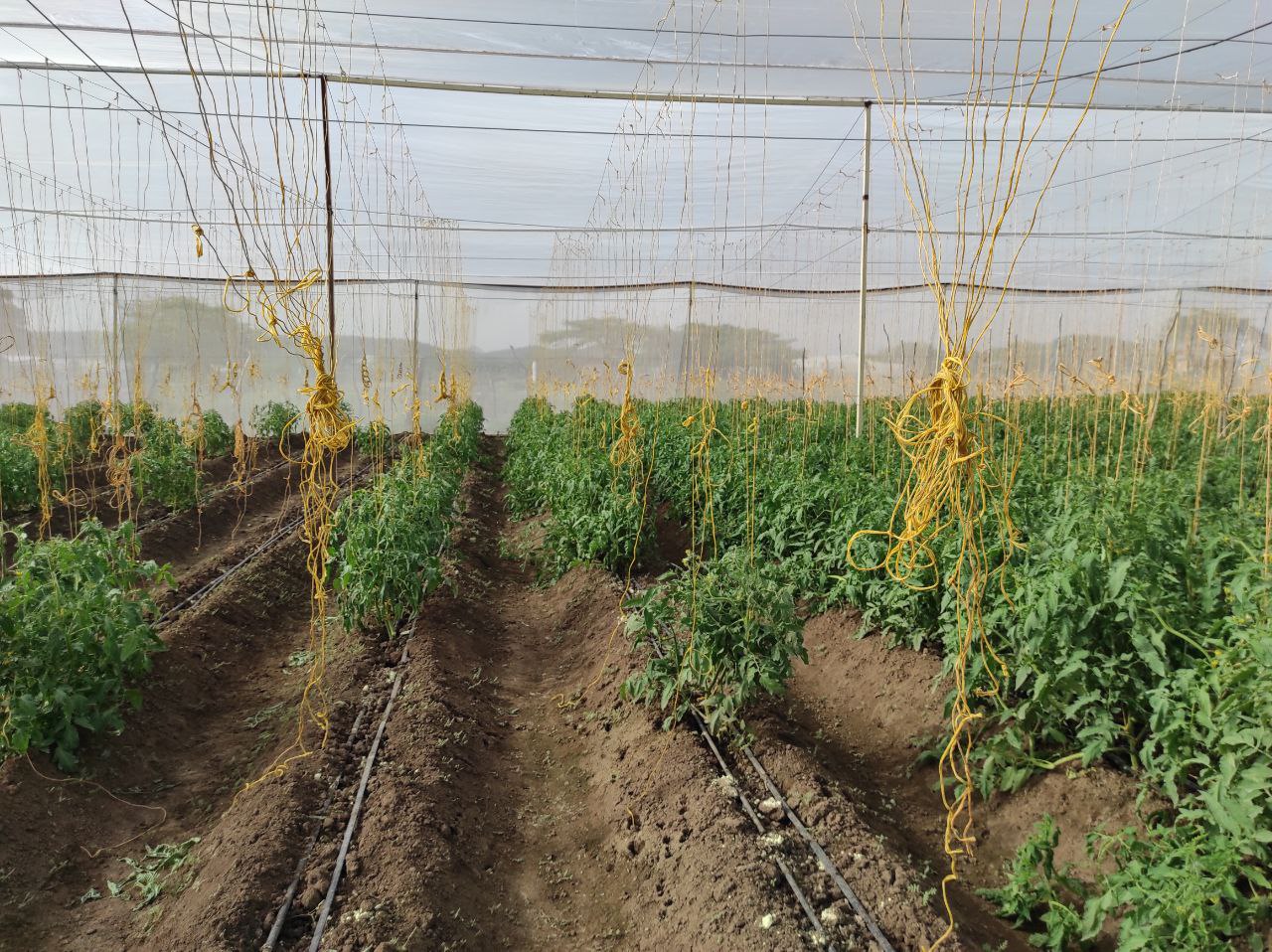
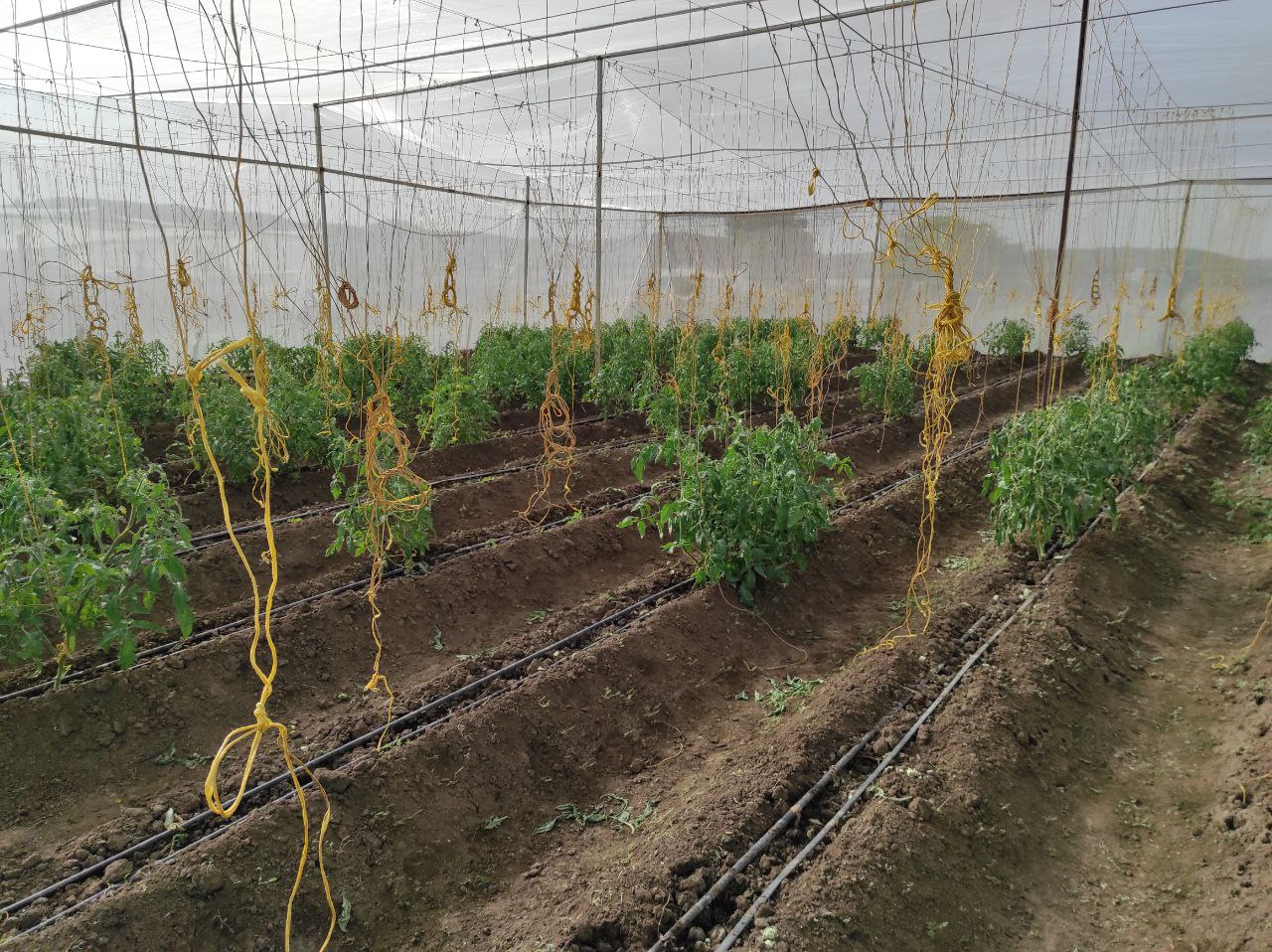
Aun sobrevivieron 1900-2000 plantas en los otros 2 sectores las cuales ya tratamos con Validacin un bactericida químico y con productos orgánicos. Estas plantas están muy bonitas y libres de bacteria aparentemente, ay tienen grandes frutos y están completamente al día.
Still survived 1900-2000 plants in the other 2 sectors which we treated with Validacin a chemical bactericide and with organic products. These plants are very nice and free of bacteria apparently, and have great fruits and are completely up to date.
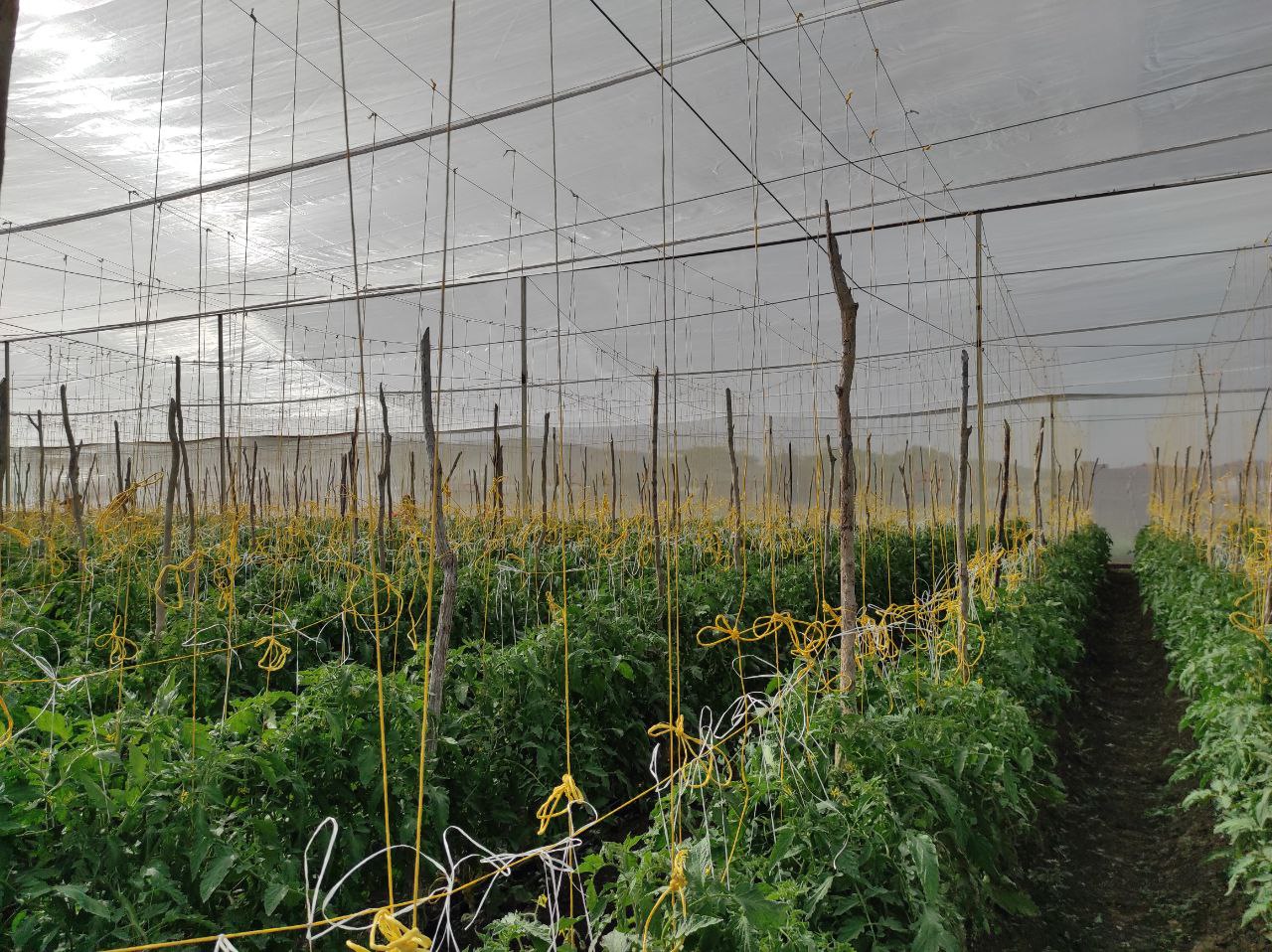
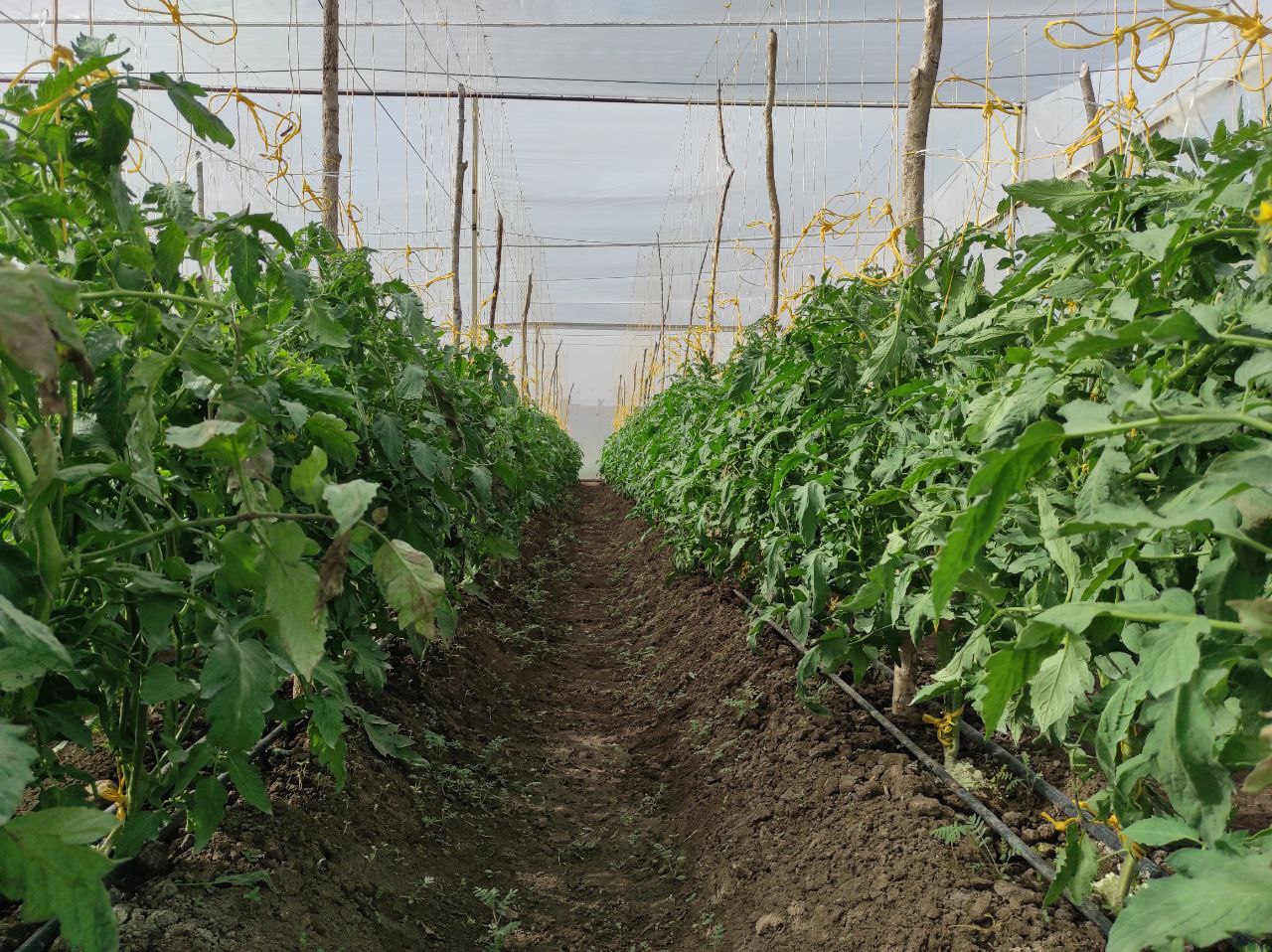
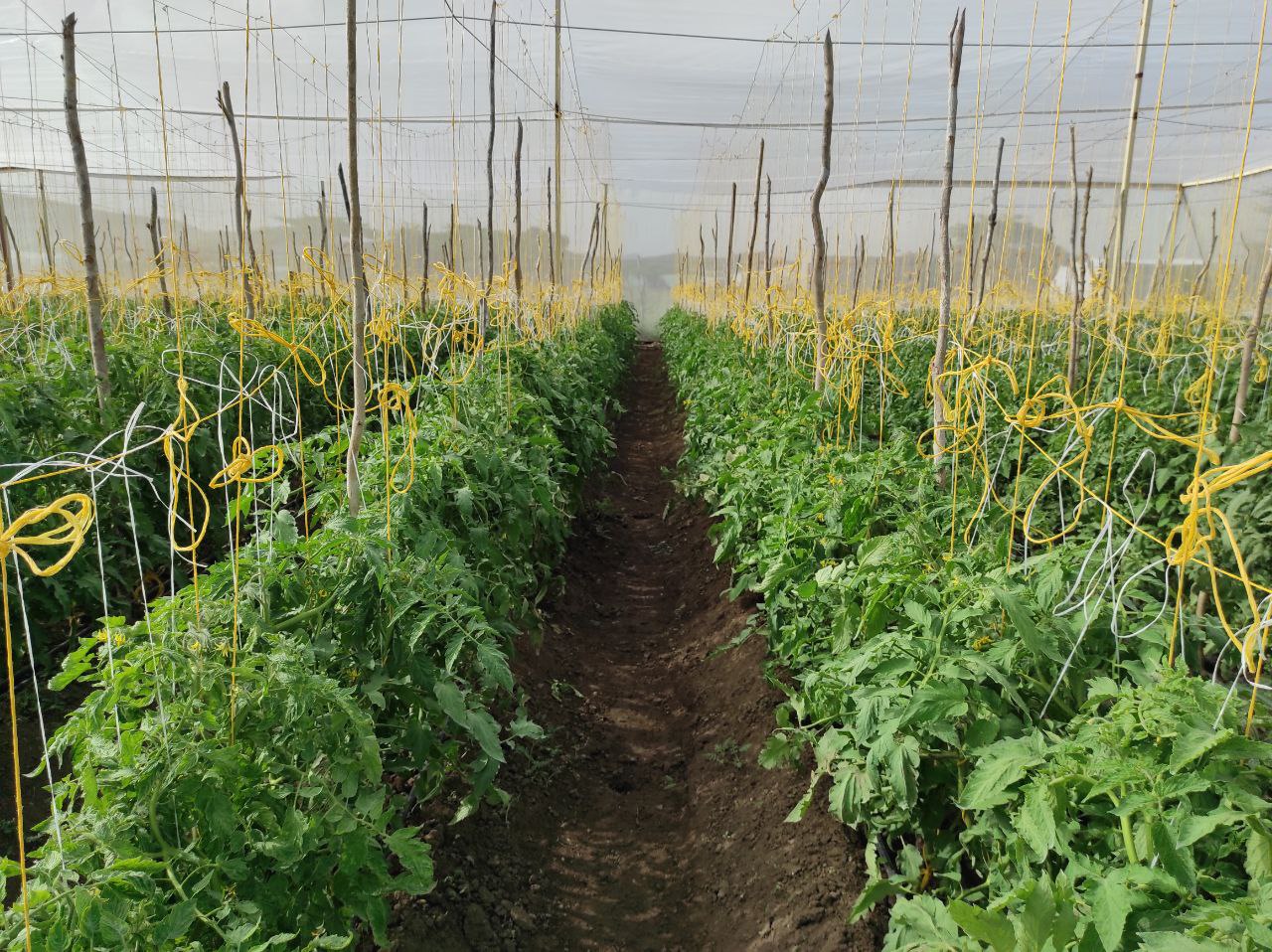
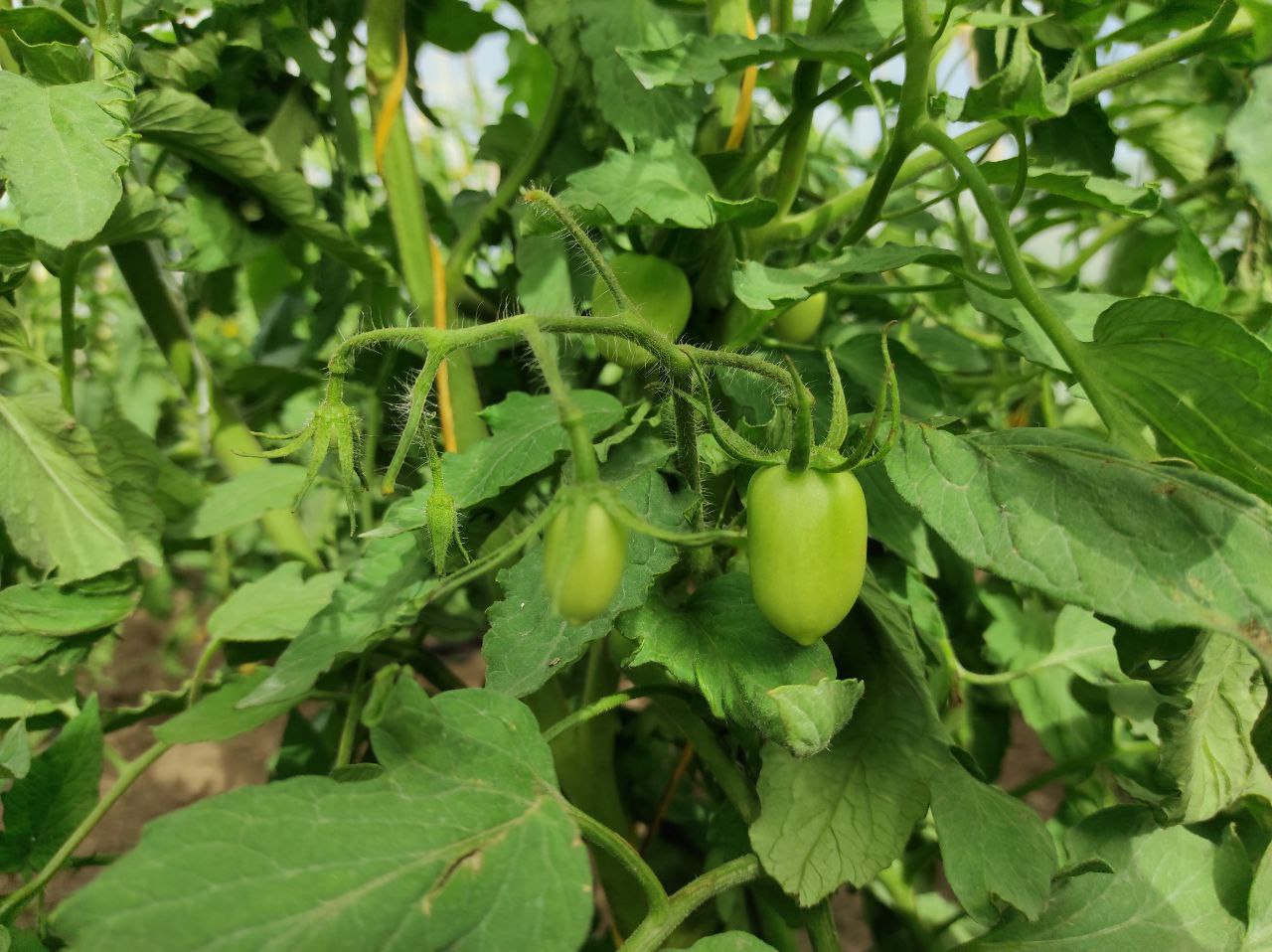

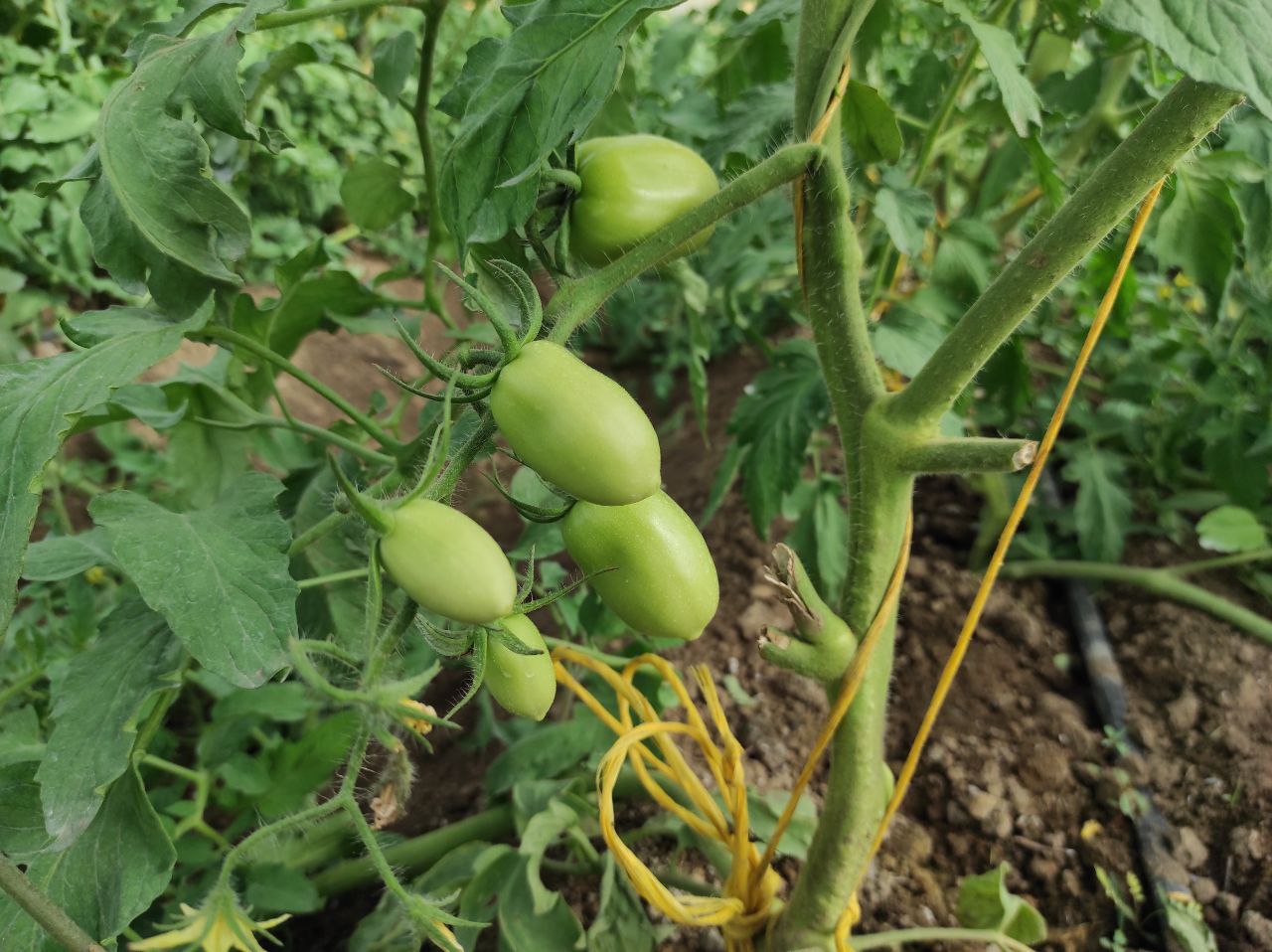
La explicación científica del por que solo se vio afecta uno de los sectores, es que aplicamos azufre micronizado mojado, la lluvia hizo que perdiera sus propiedades y no hizo su trabajo como fungicida, dejando que la bacteria entrara.
El resto de la plantas fue tratada con el azufre pero este si estaba bien almacenado.
The scientific explanation as to why only one of the sectors was affected is that we applied wet micronized sulfur, the rain made it lose its properties and it did not do its job as a fungicide, allowing the bacteria to enter.
The rest of the plants were treated with sulfur, but it was well stored.
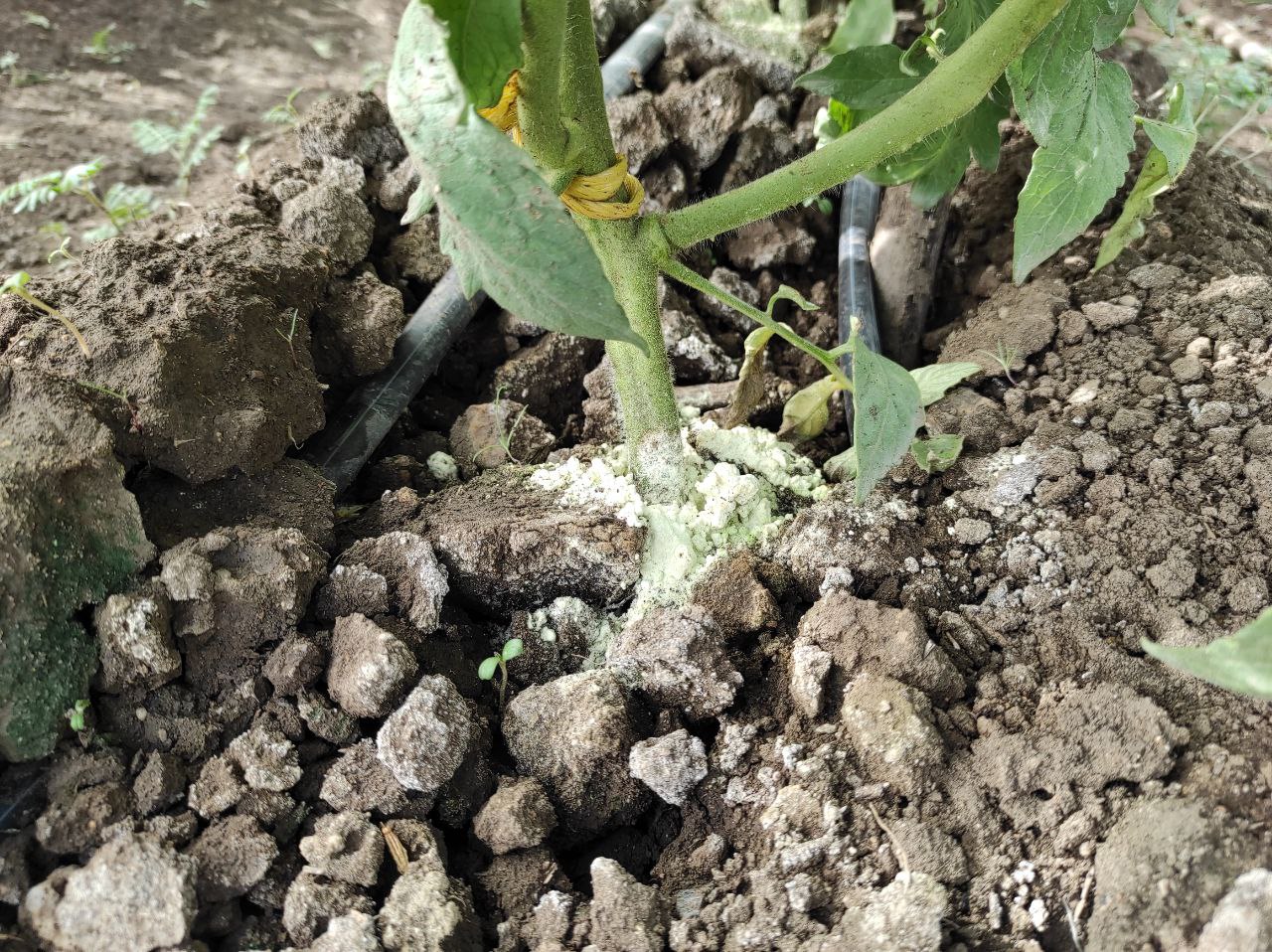
La fertilización granulada que aplicamos se perdió, ya que no se puede sembrar nada en estos surcos y al arar la tierra el fertilizante se va al fondo.
The granular fertilizer we applied was lost, since nothing can be planted in these furrows and when the soil is plowed the fertilizer goes to the bottom.
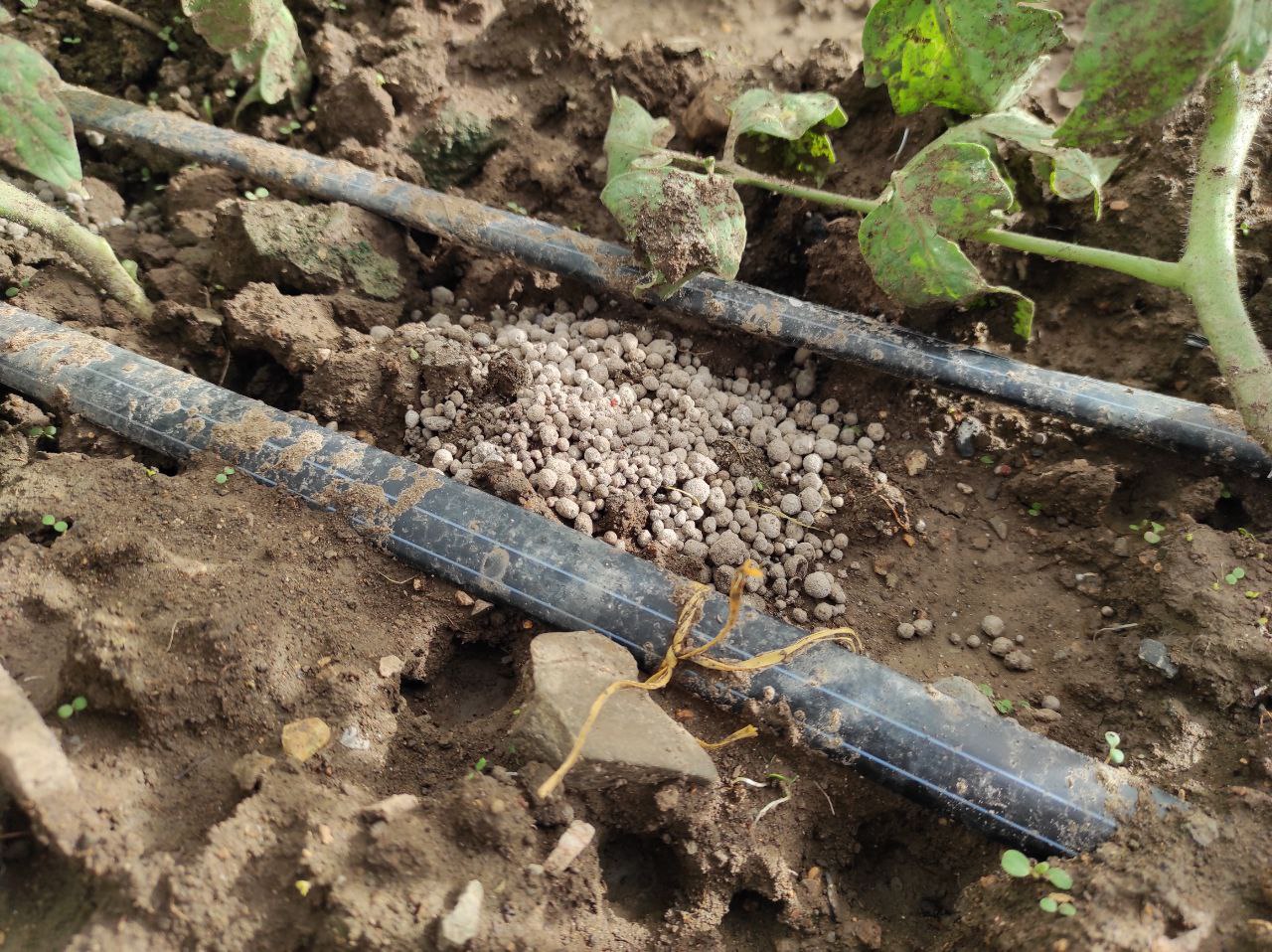
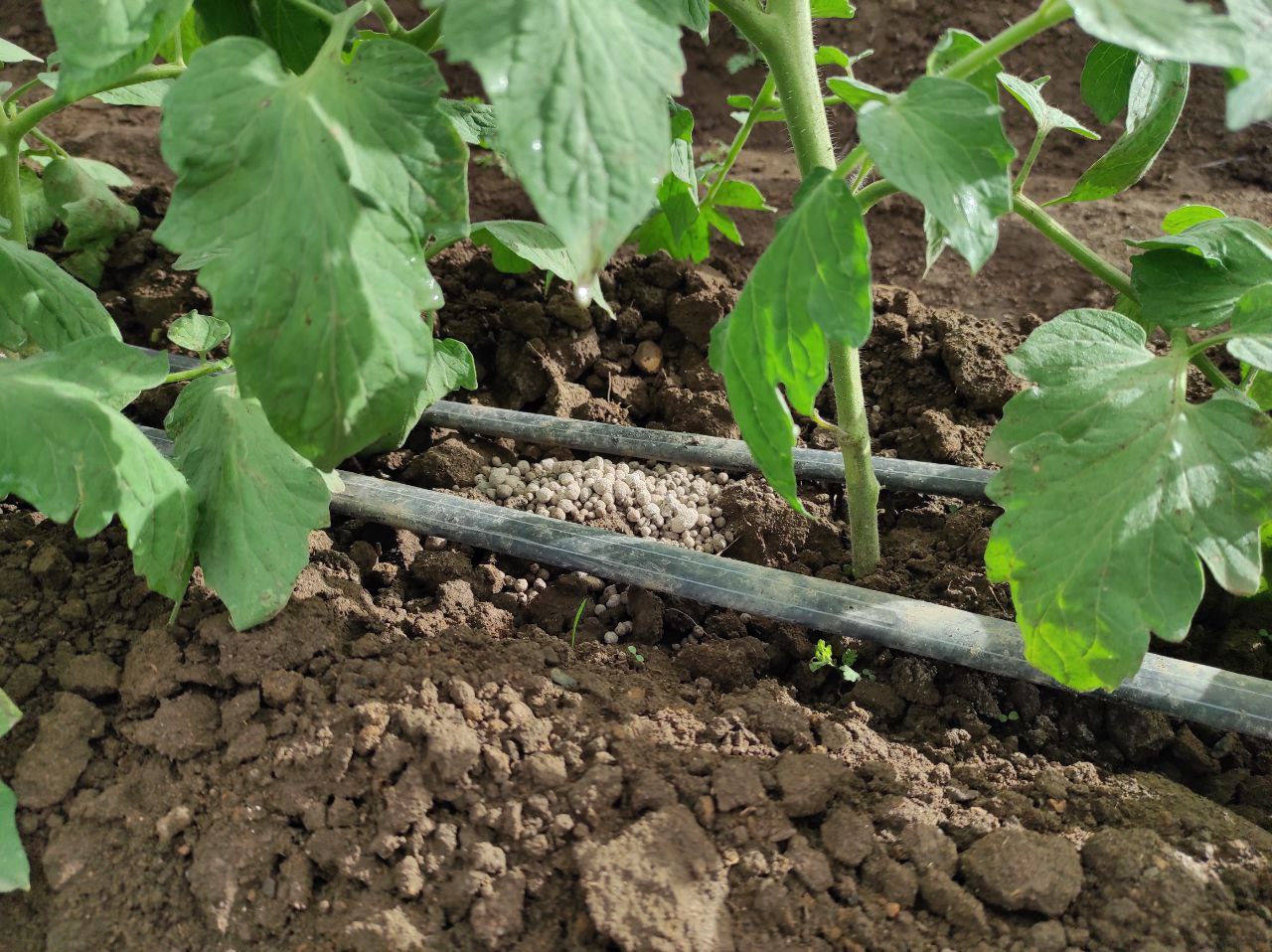
Una de las pruebas que nos ayudo a determinar que era esta bacteria fue cortar un trozo de una planta afecta, al dejarla remojando unos minutos pudimos observar como se desprendía un liquido blanco del tallo, indicativo de que era esta bacteria y es su manera de atacar. También el tallo quedaba de una manera gelatinosa.
One of the tests that helped us to determine that it was this bacterium was to cut a piece of an affected plant, when we let it soak for a few minutes we could see how a white liquid was released from the stem, indicating that it was this bacterium and its way of attacking. Also the stem was left in a gelatinous form.

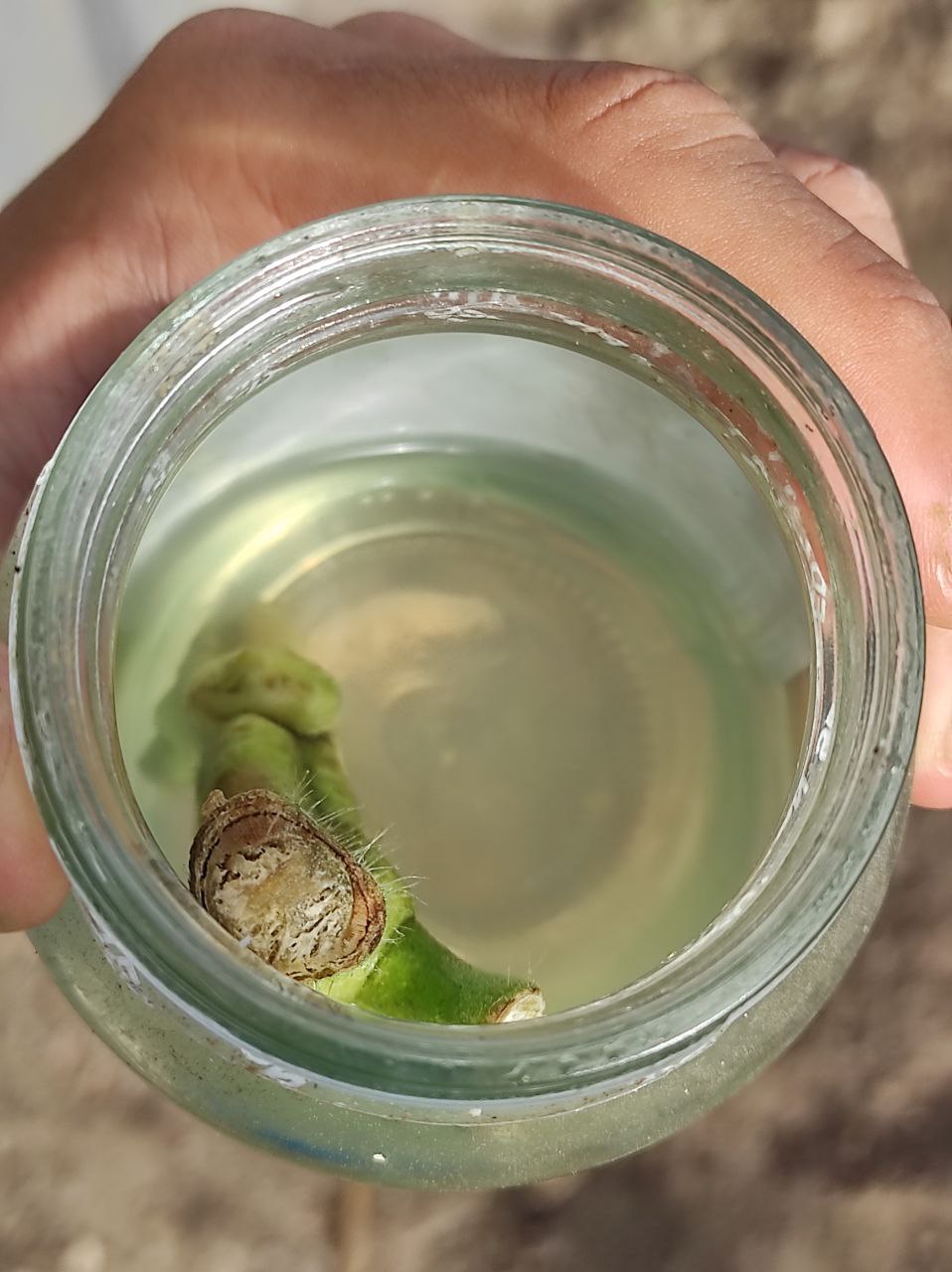
Ahora nos mantenemos en alerta ya que las otras plantas mas pequeñas Álvaro F1 tienen características similares, pero ya se trataron con mas anticipación, esperamos que no ocurra nada grave.
We are now on alert because the other smaller Alvaro F1 plants have similar characteristics, but they have been treated earlier and we hope that nothing serious will happen.
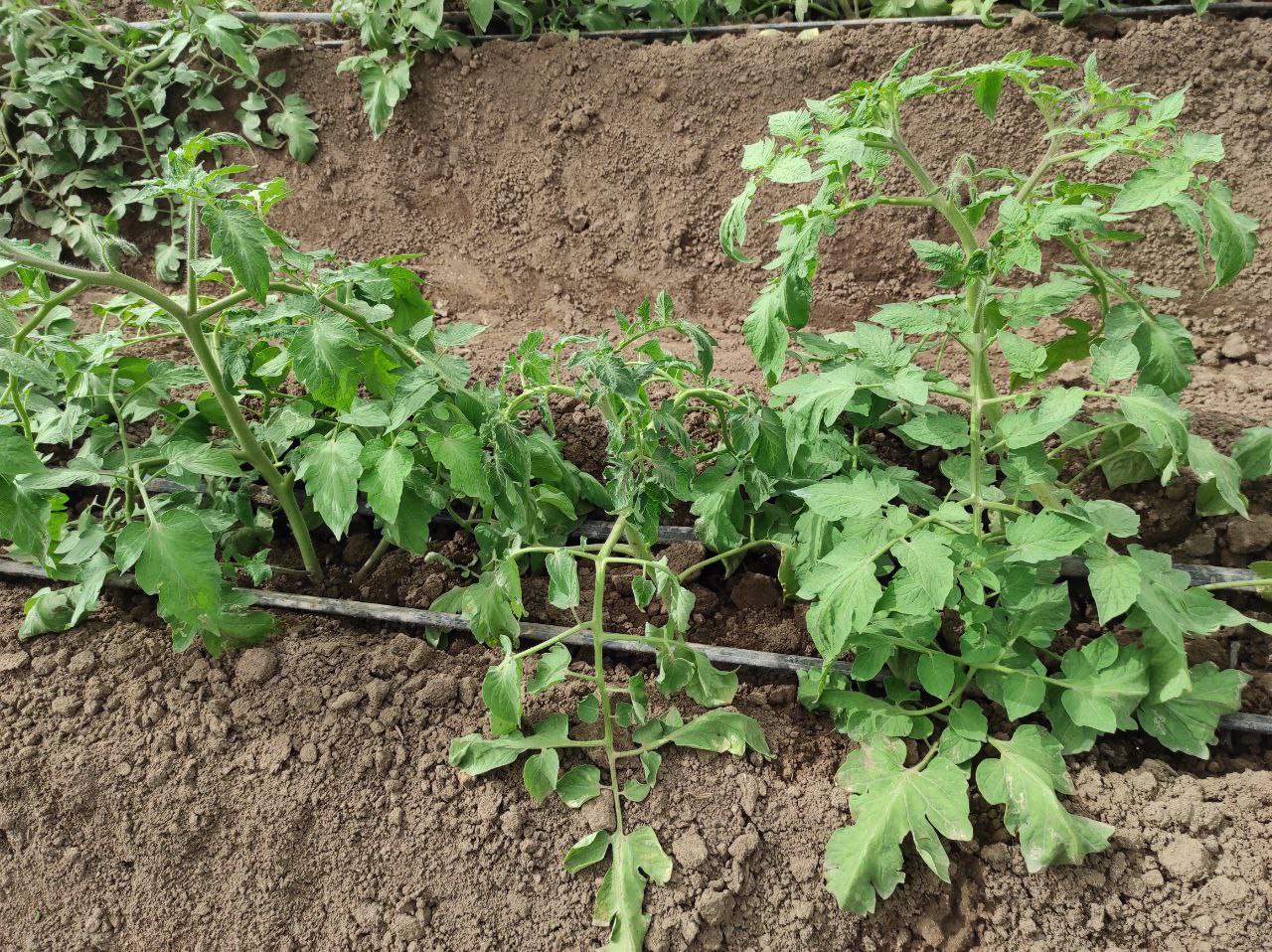
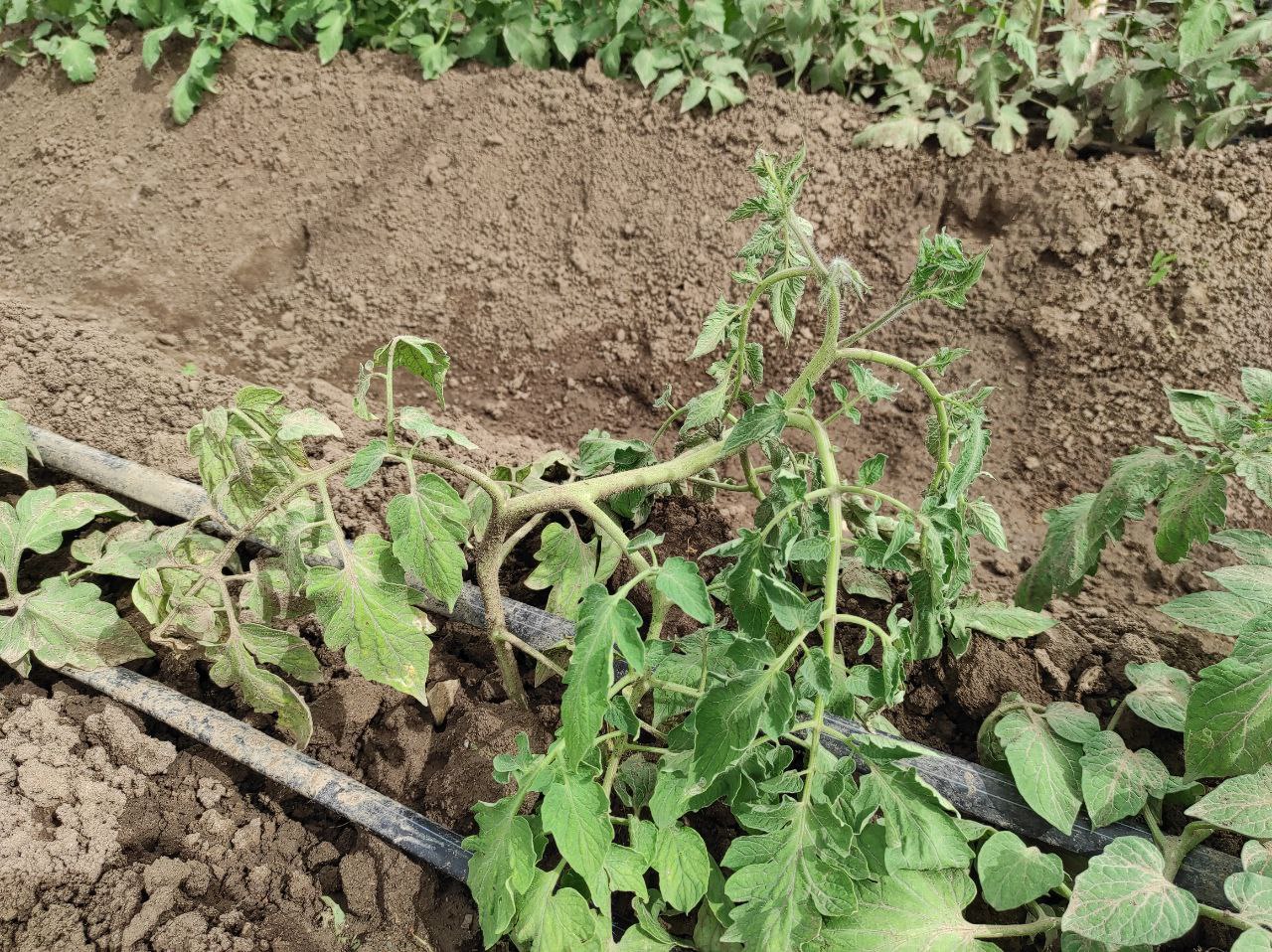
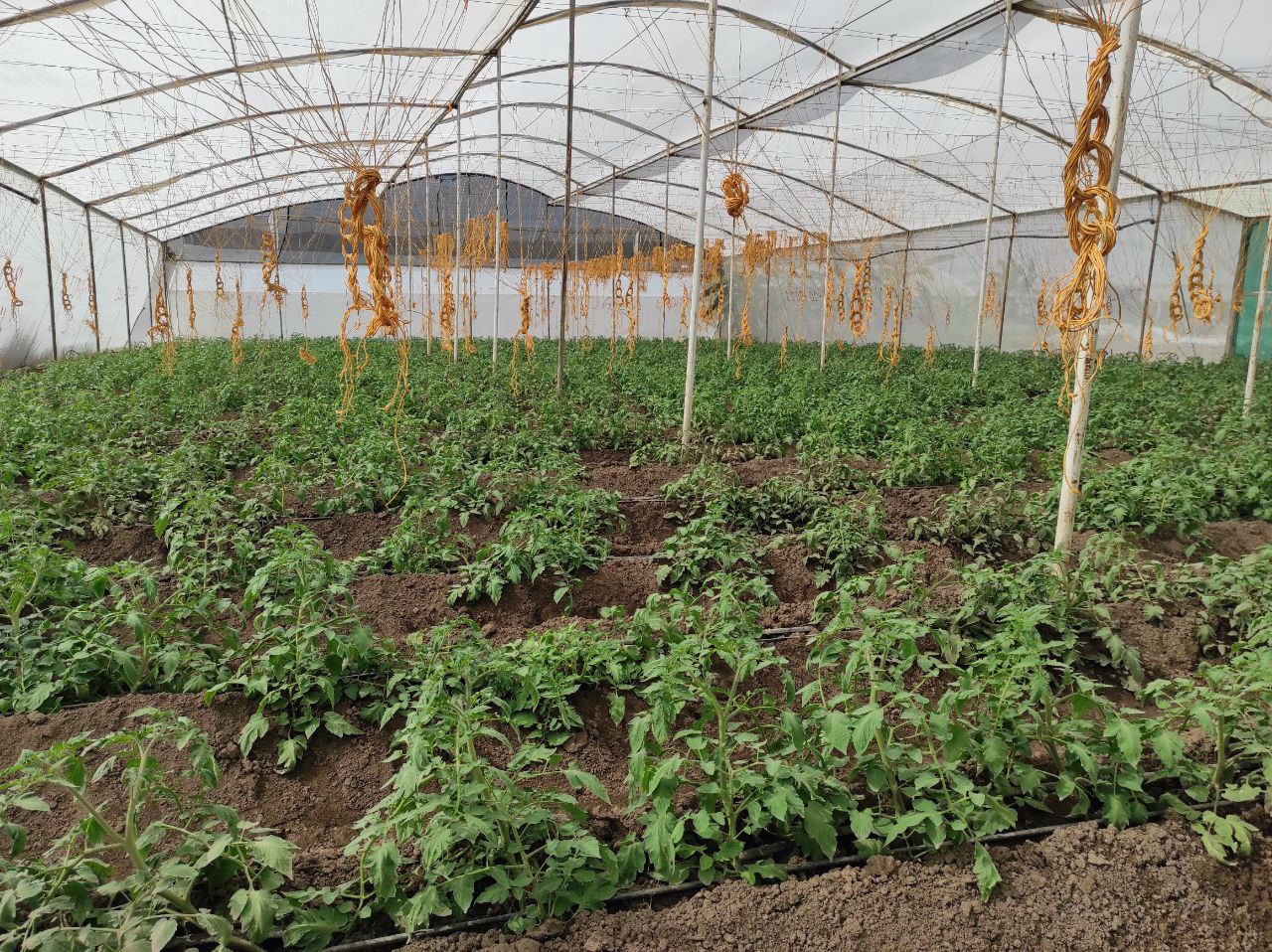
¿Cómo se inoculo la bacteria? / How was the bacterium inoculated?
Las condiciones ideales para que este patógeno invada los suelos son las temperaturas por encima de 30° y altos niveles de humedad, de esta manera su reproducción es mayor, sin embargo esto ocurre cuando hay movimientos de tierra, al momento que se le agrego tierra al tallo (aporque) para que tenga mas fuerza y absorba nutrientes se inoculo esta bacteria.
De igual manera el aporque es necesario para que la planta crezca, así que lo que la ayuda también puede matarla.
The ideal conditions for this pathogen to invade the soil are temperatures above 30° and high humidity levels, this way its reproduction is greater, however this occurs when there are soil movements, when soil was added to the stem (aporque) so that it has more strength and absorbs nutrients, this bacterium was inoculated.
In the same way, mulching is necessary for the plant to grow, so what helps it can also kill it.
También es una bacteria que ya puede estar en el suelo, sin embargo puede vivir allí por muchos años sin afectar nada, esperando las condiciones ideales para activarse, que probablemente fue lo que nos paso, jamás habíamos sembrado tomate en temporada de lluvias y le llevamos la comida a la puerta de su casa.
It is also a bacterium that can already be in the soil, however it can live there for many years without affecting anything, waiting for the ideal conditions to become active, which is probably what happened to us, we had never planted tomatoes in the rainy season and we took the food to the door of his house.
Este es uno de los motivos por los cuales estoy estudiando ingeniería agrónoma, para poder determinar y prevenir estos casos, y tener la ayuda por conocimientos antes que algo ocurra.
This is one of the reasons why I am studying agricultural engineering, to be able to determine and prevent these cases, and have the knowledge to help before something happens.
Sin mas nada que agregar nos vemos en la próxima.
With nothing more to add, see you next time.
This is the first time that I read about that bacteria, it indeed look very serious, I hope scientists can find a way to prevent/stop it.
Here it is very common, especially in the plains, it usually appears when the climatic conditions are ideal for it.